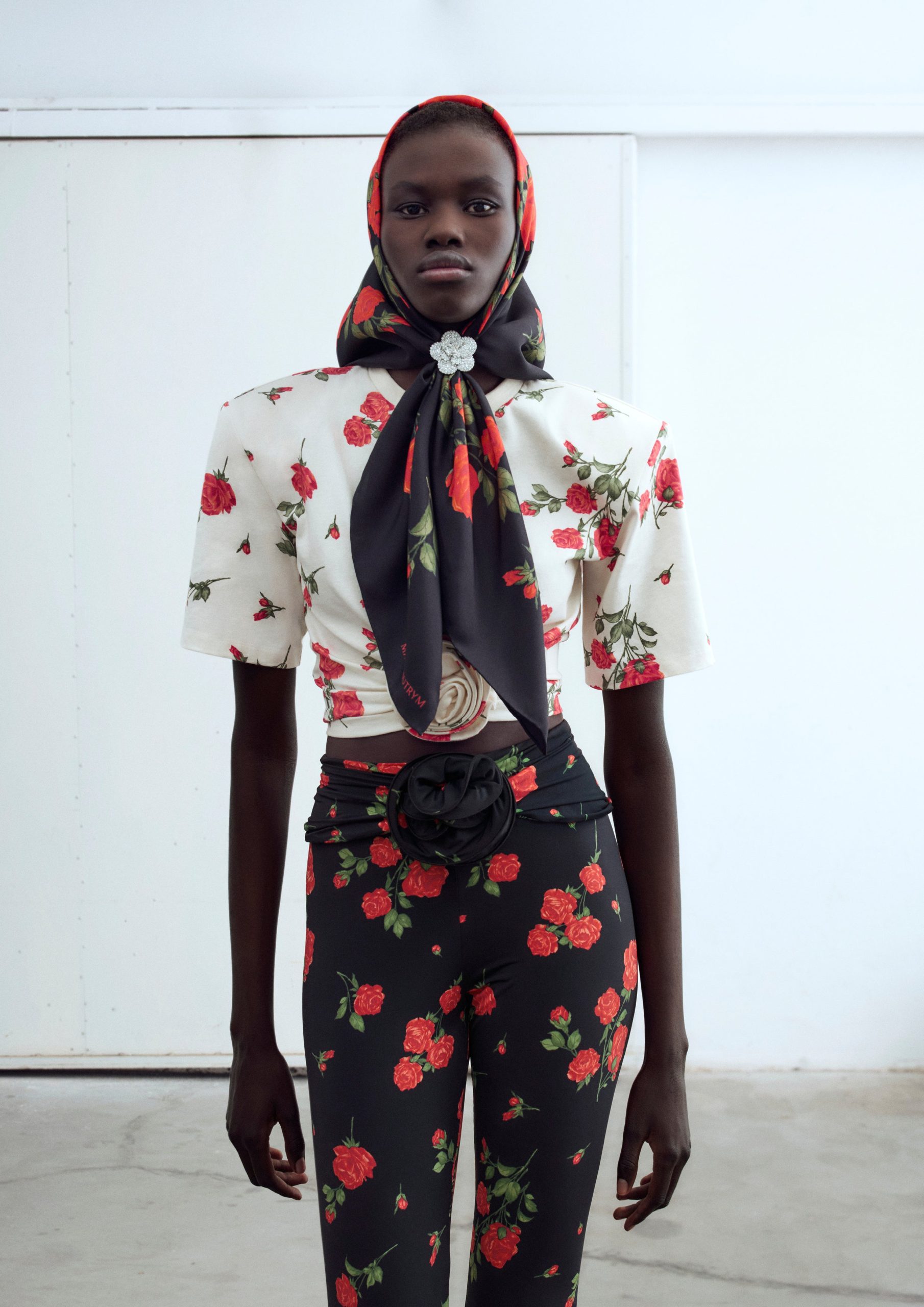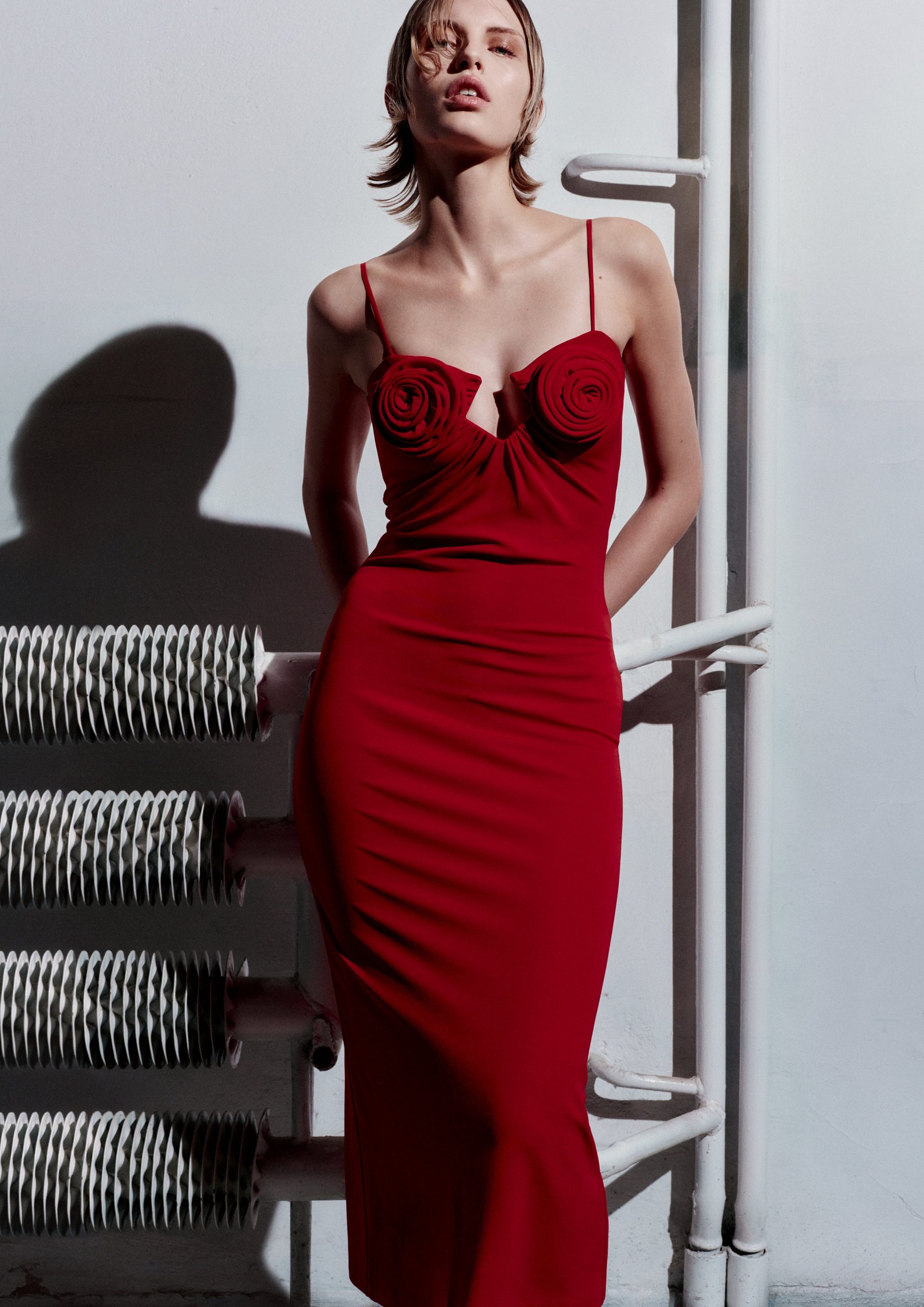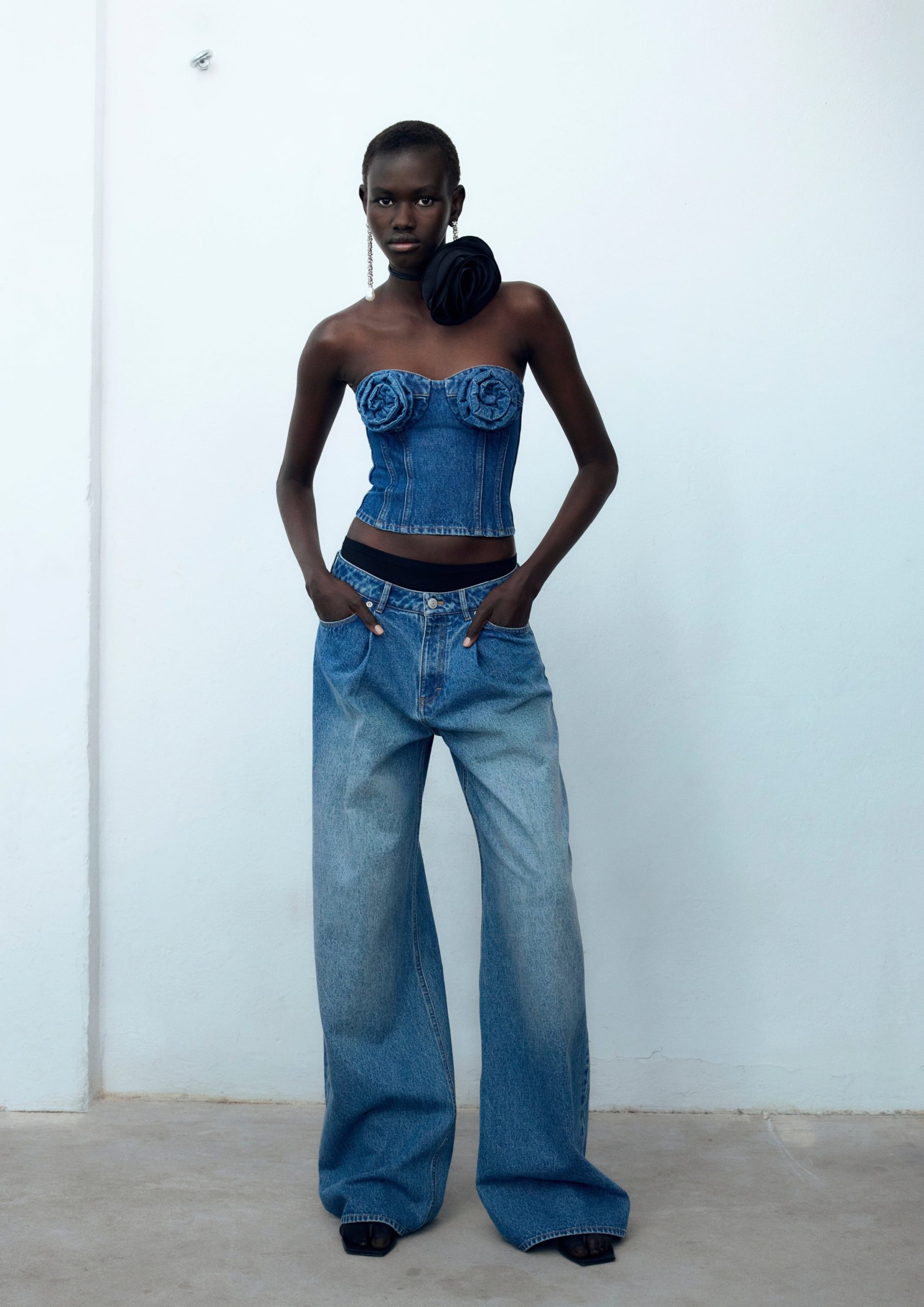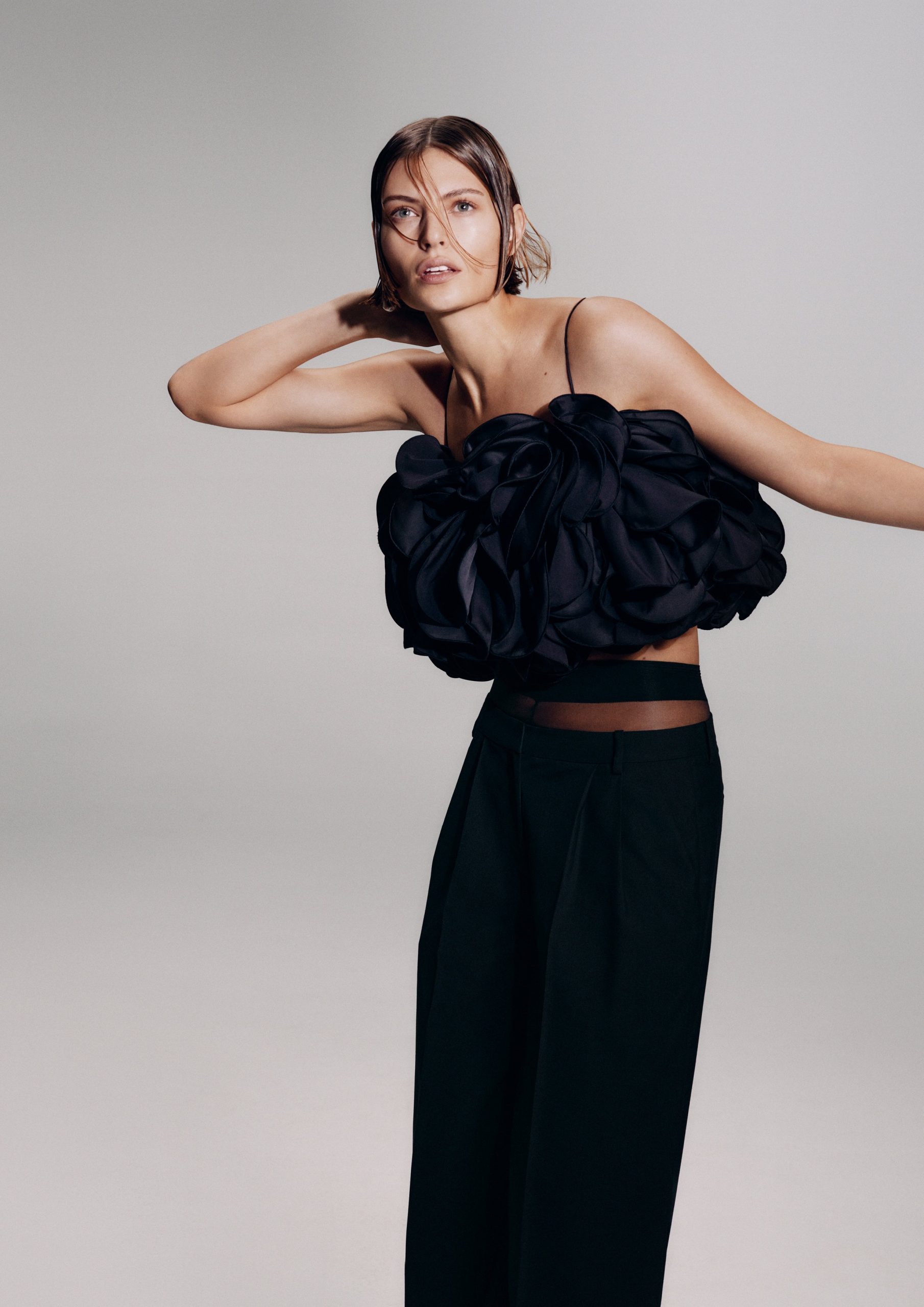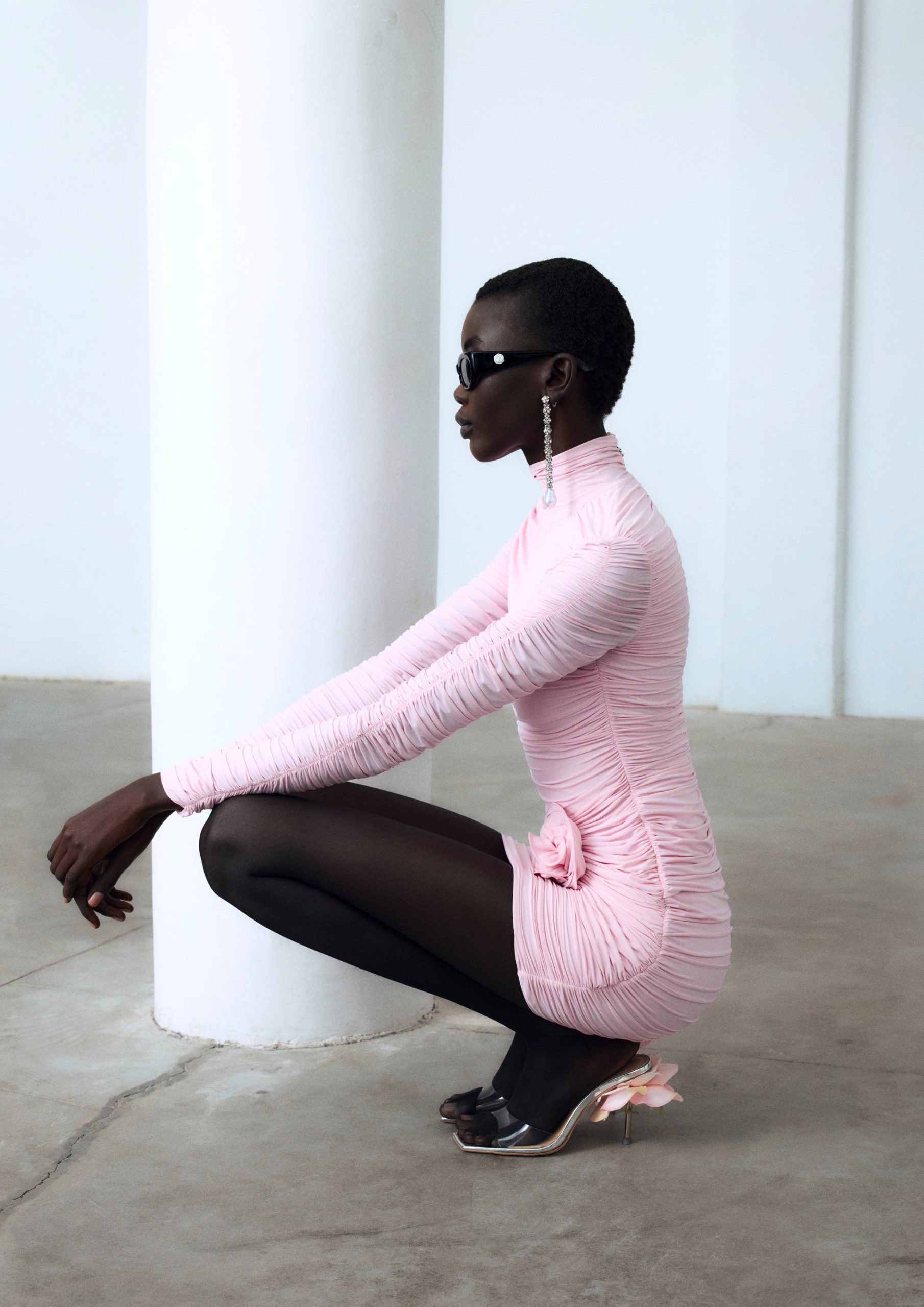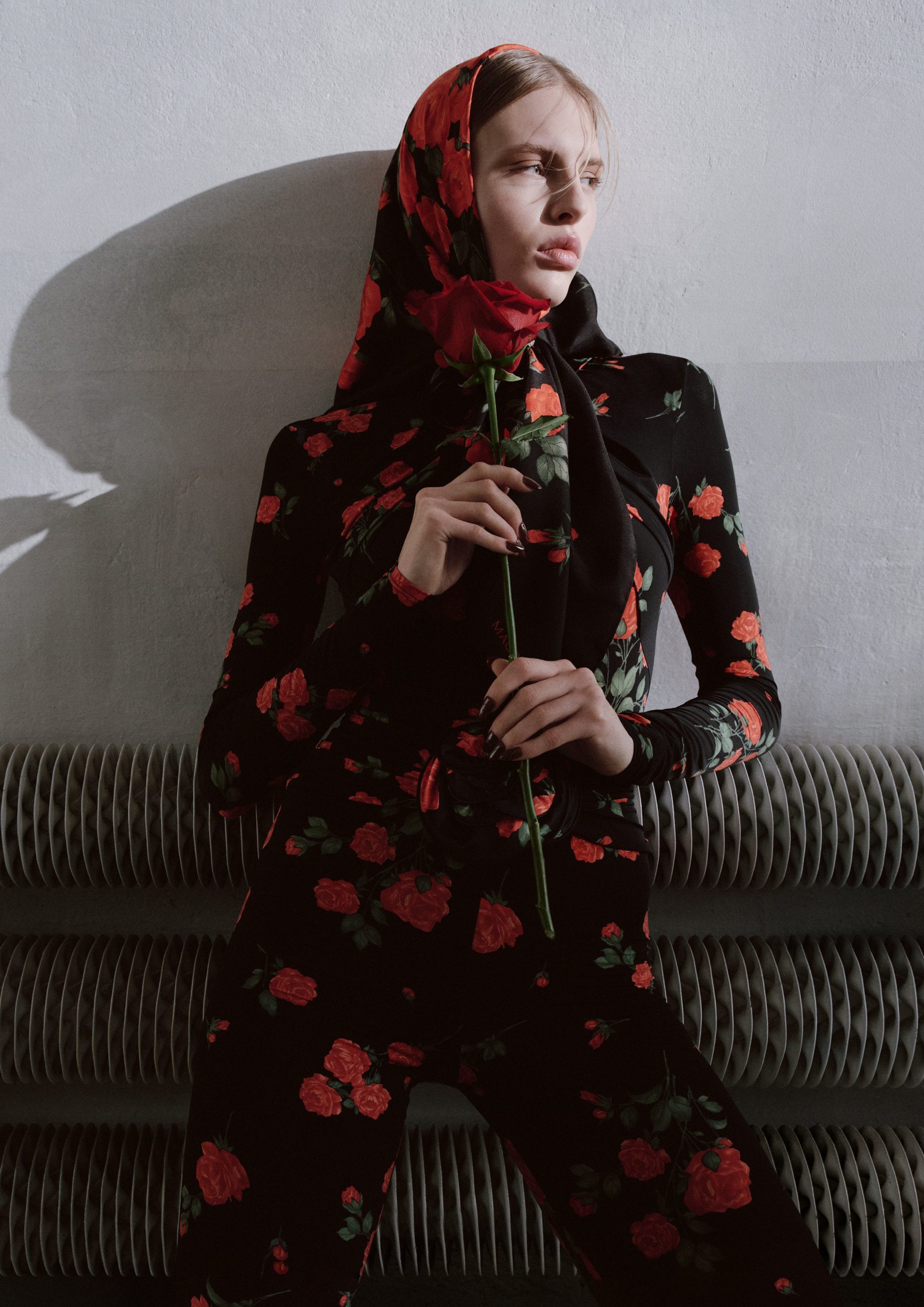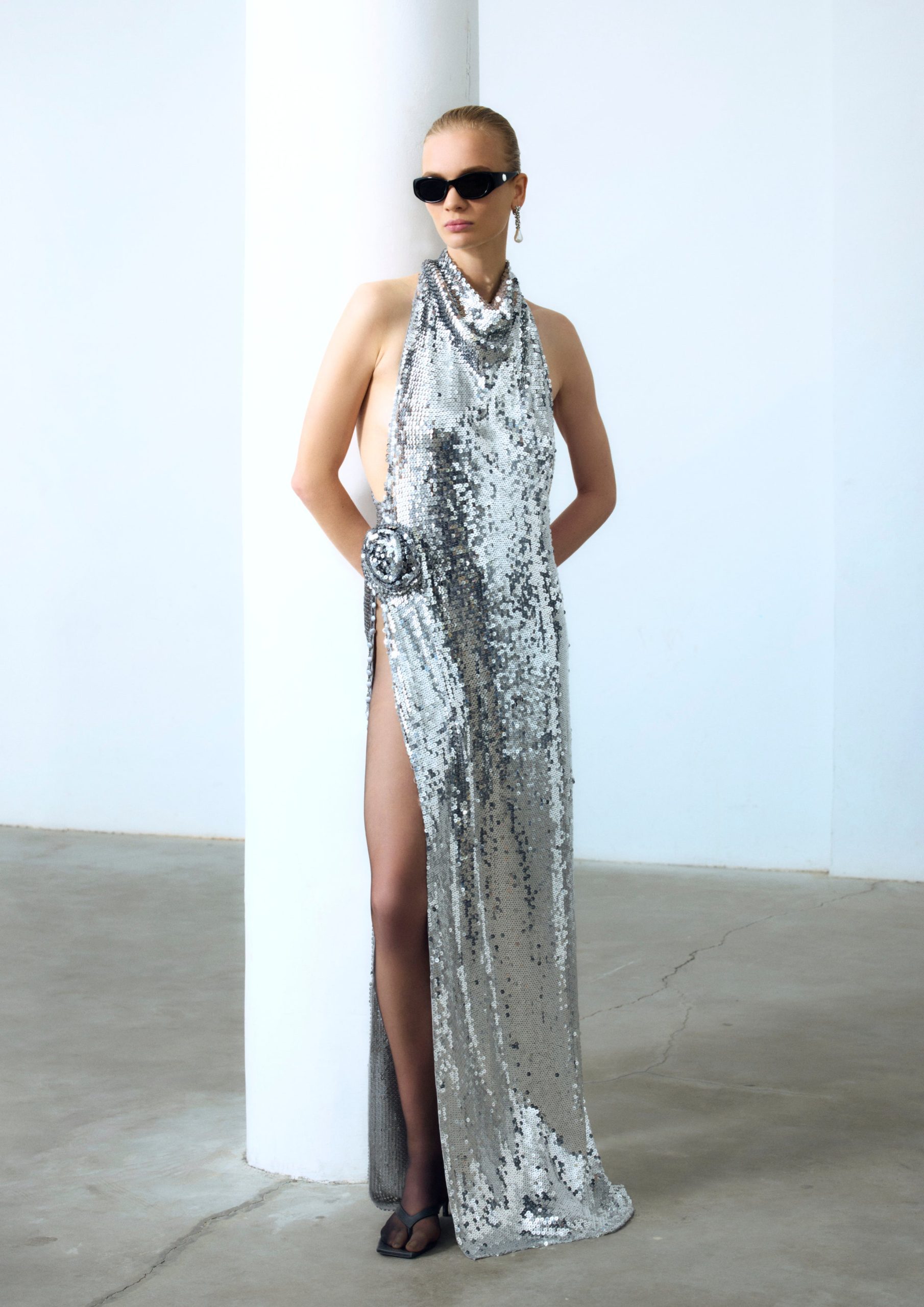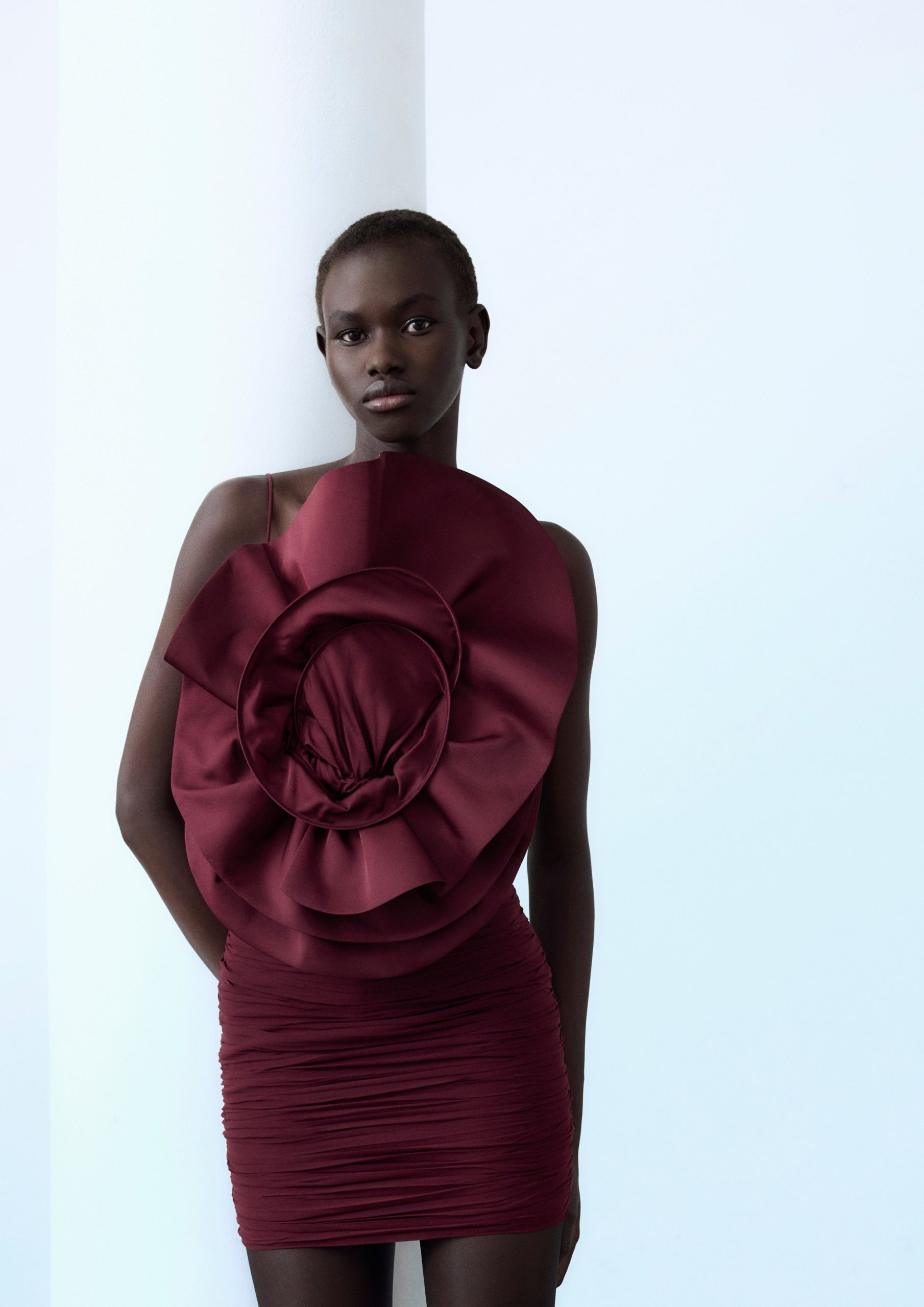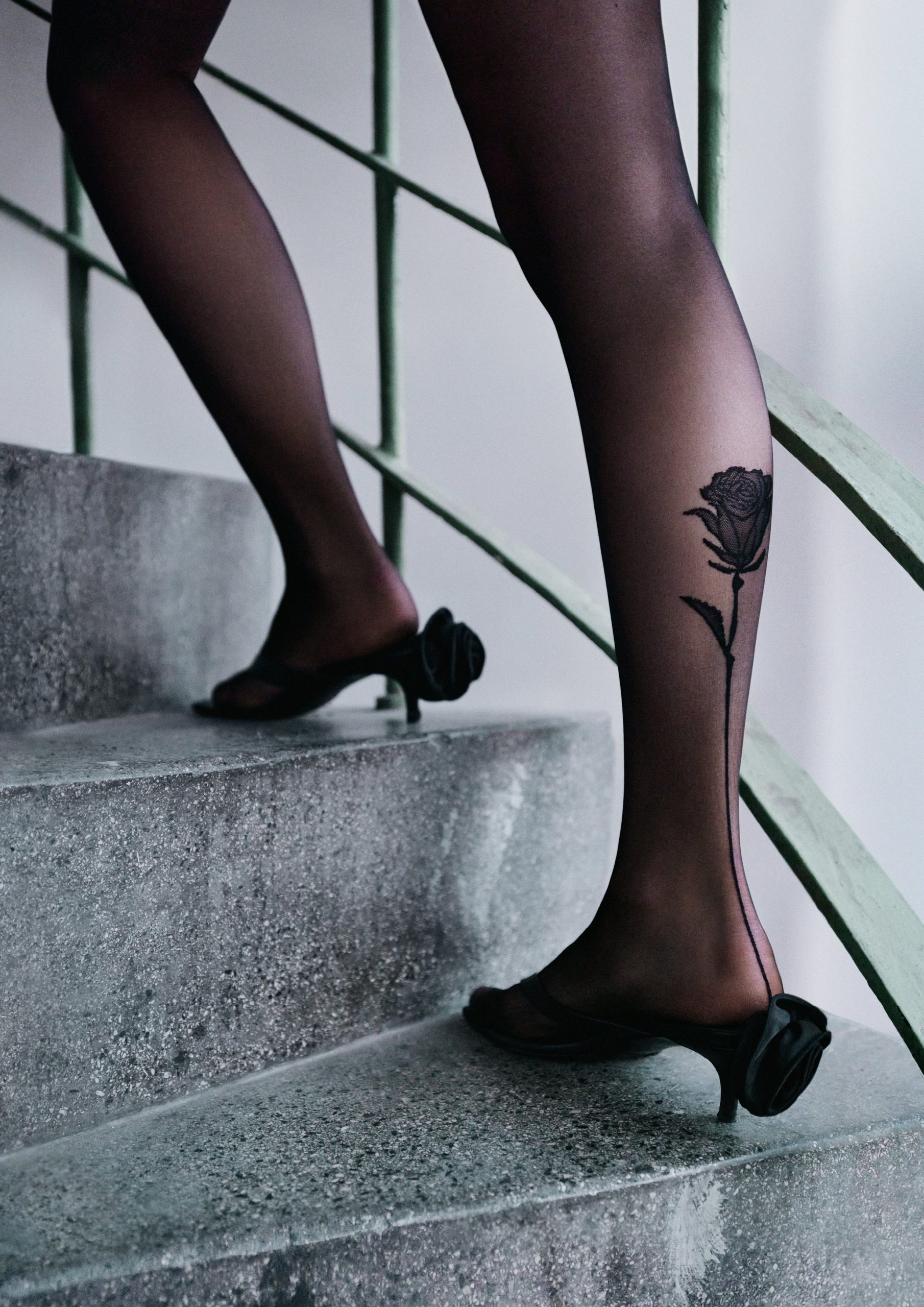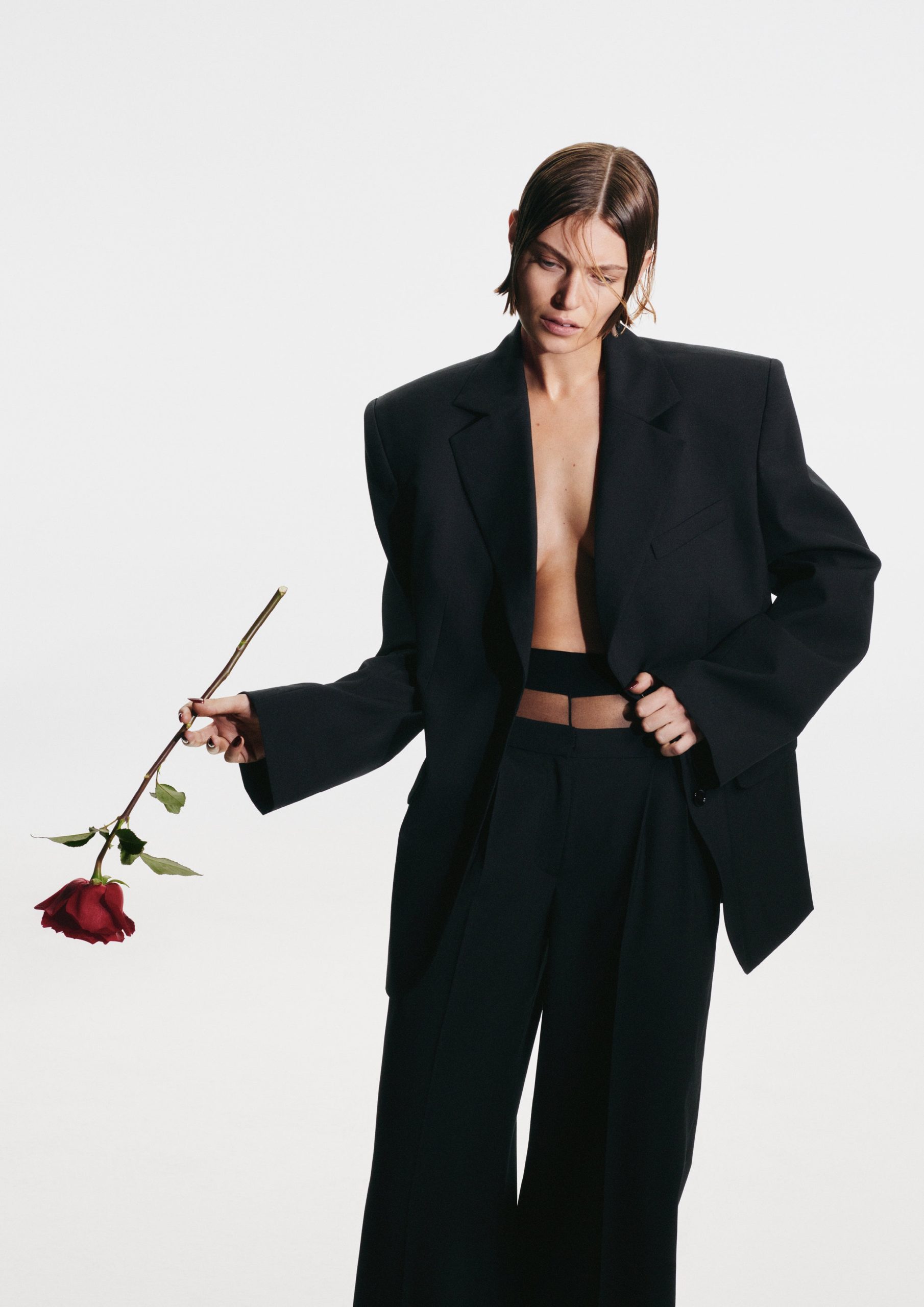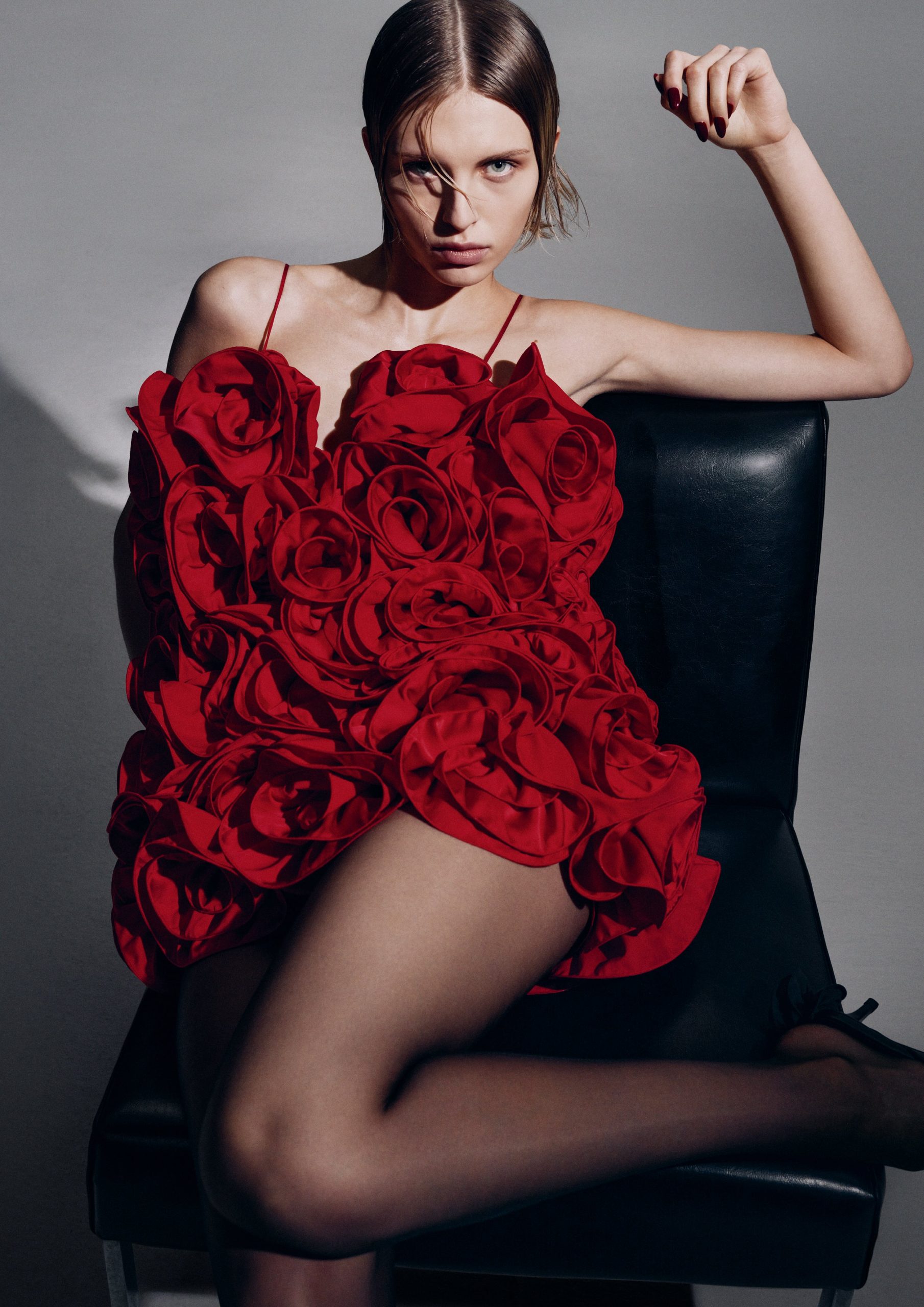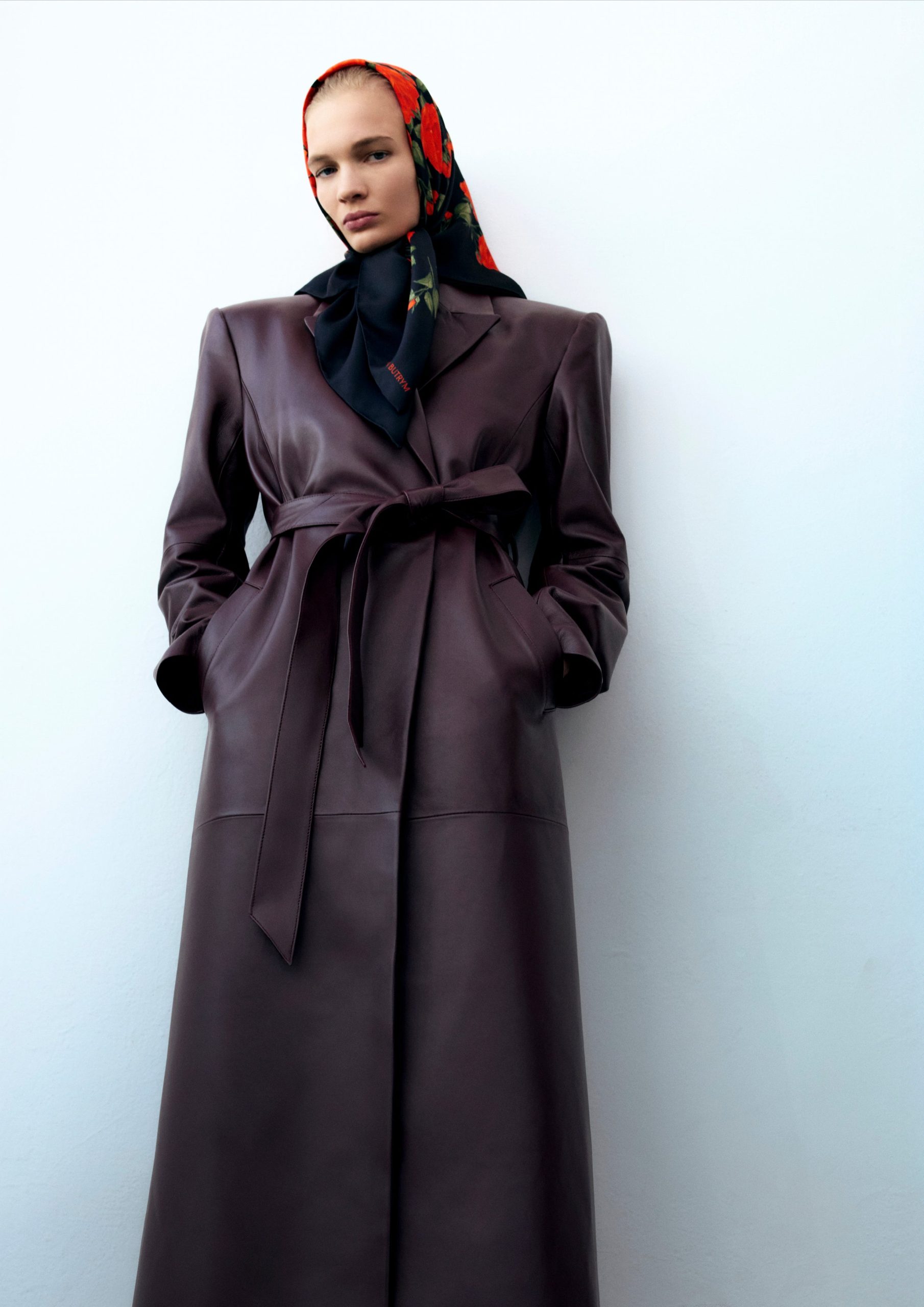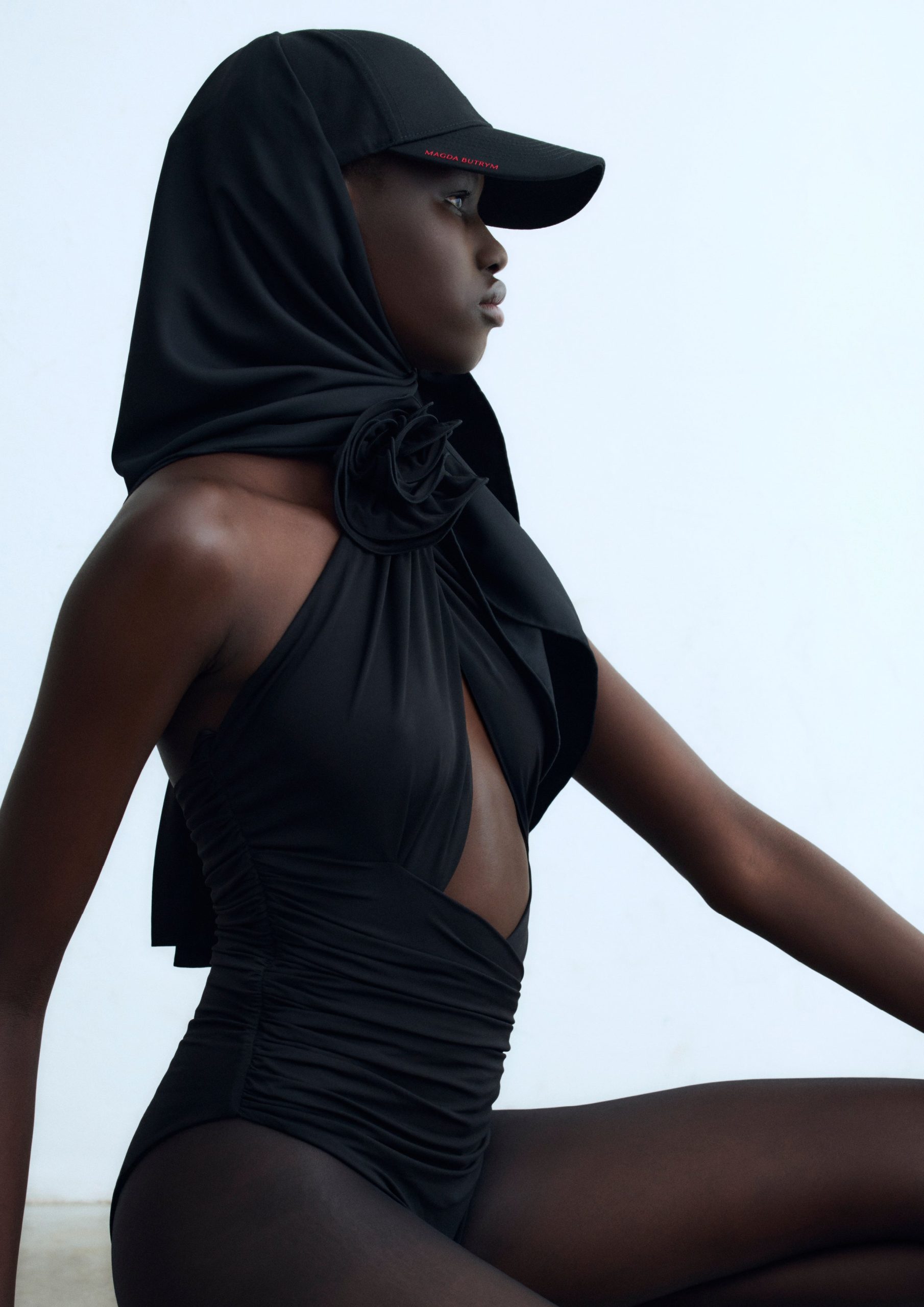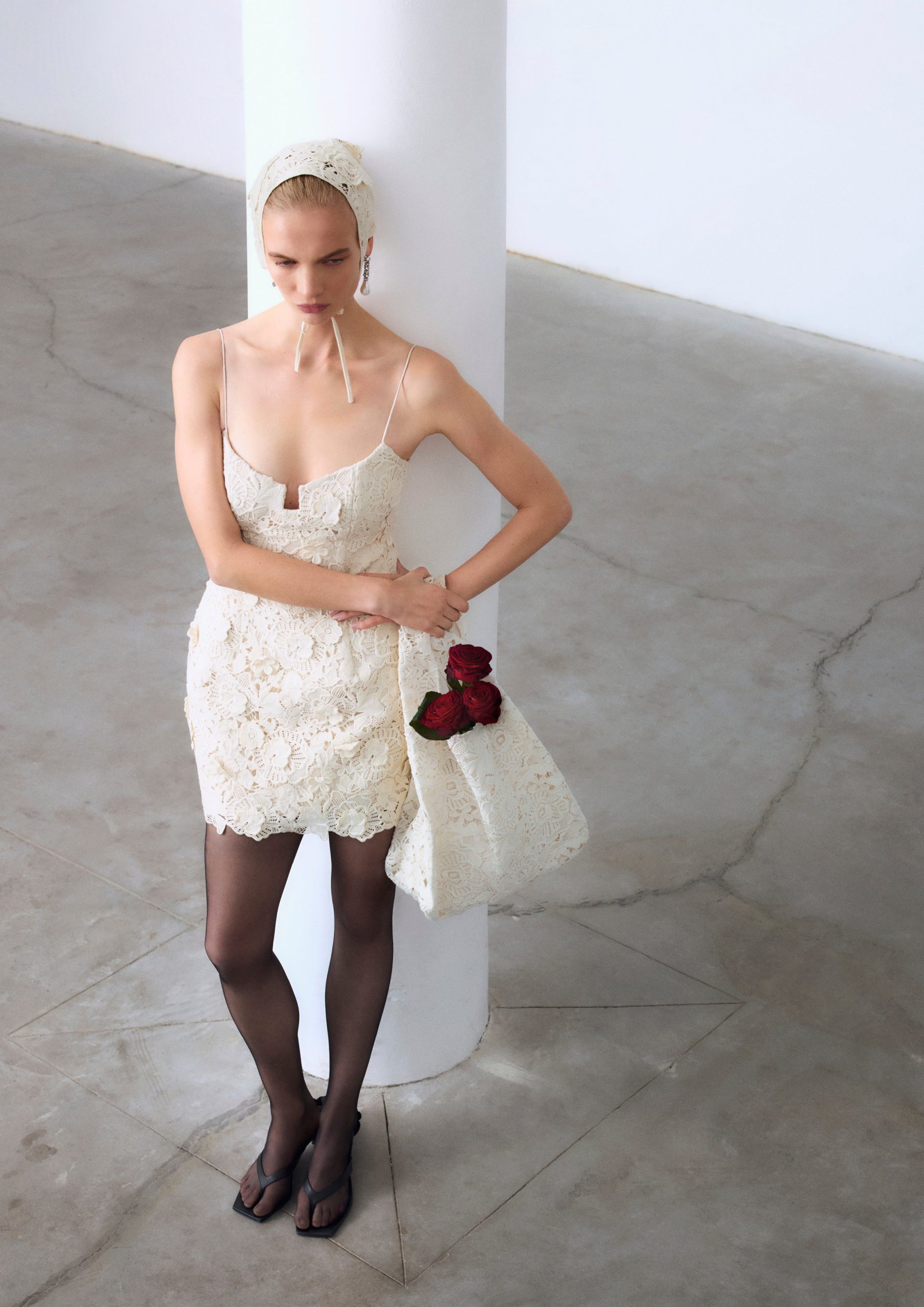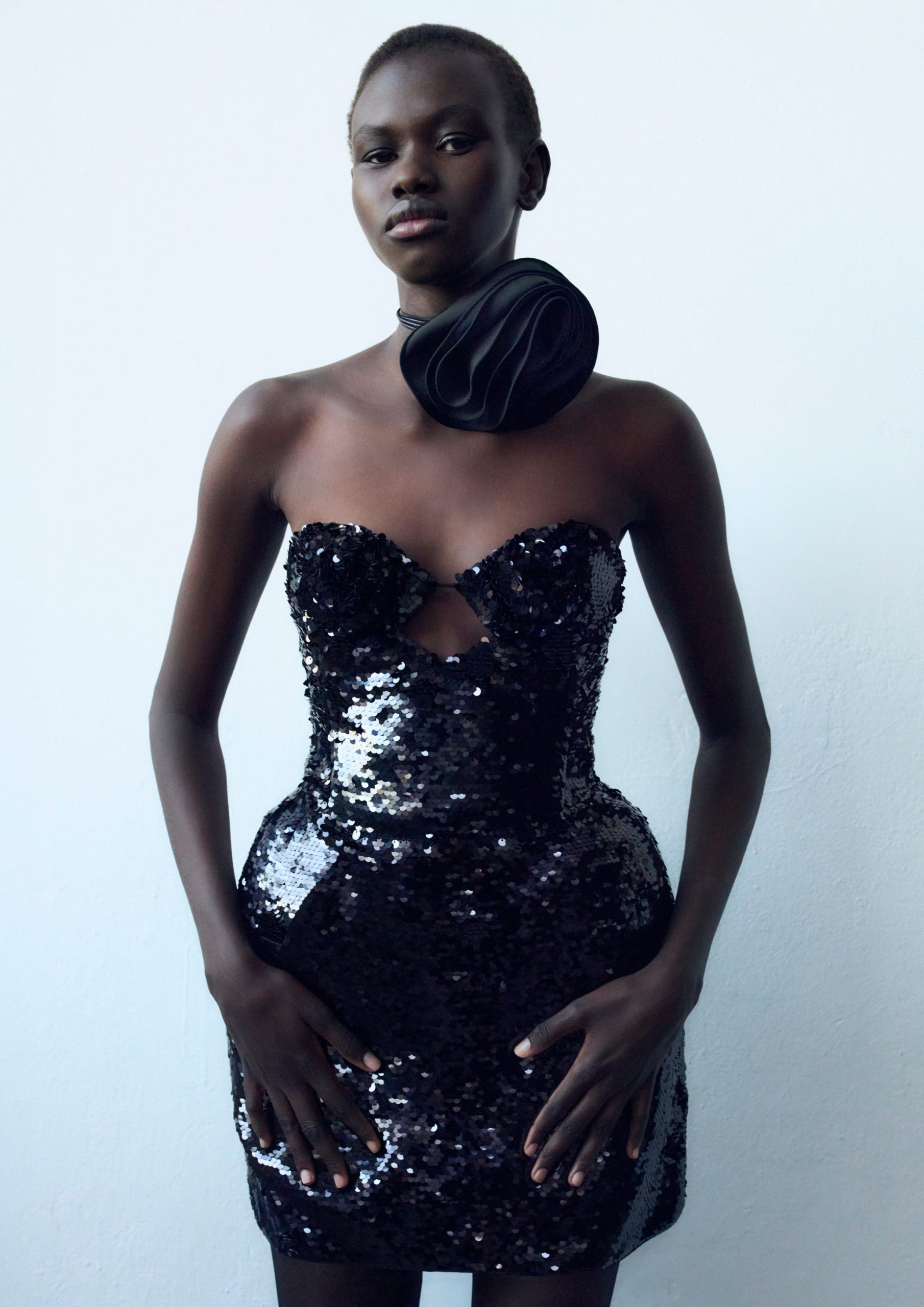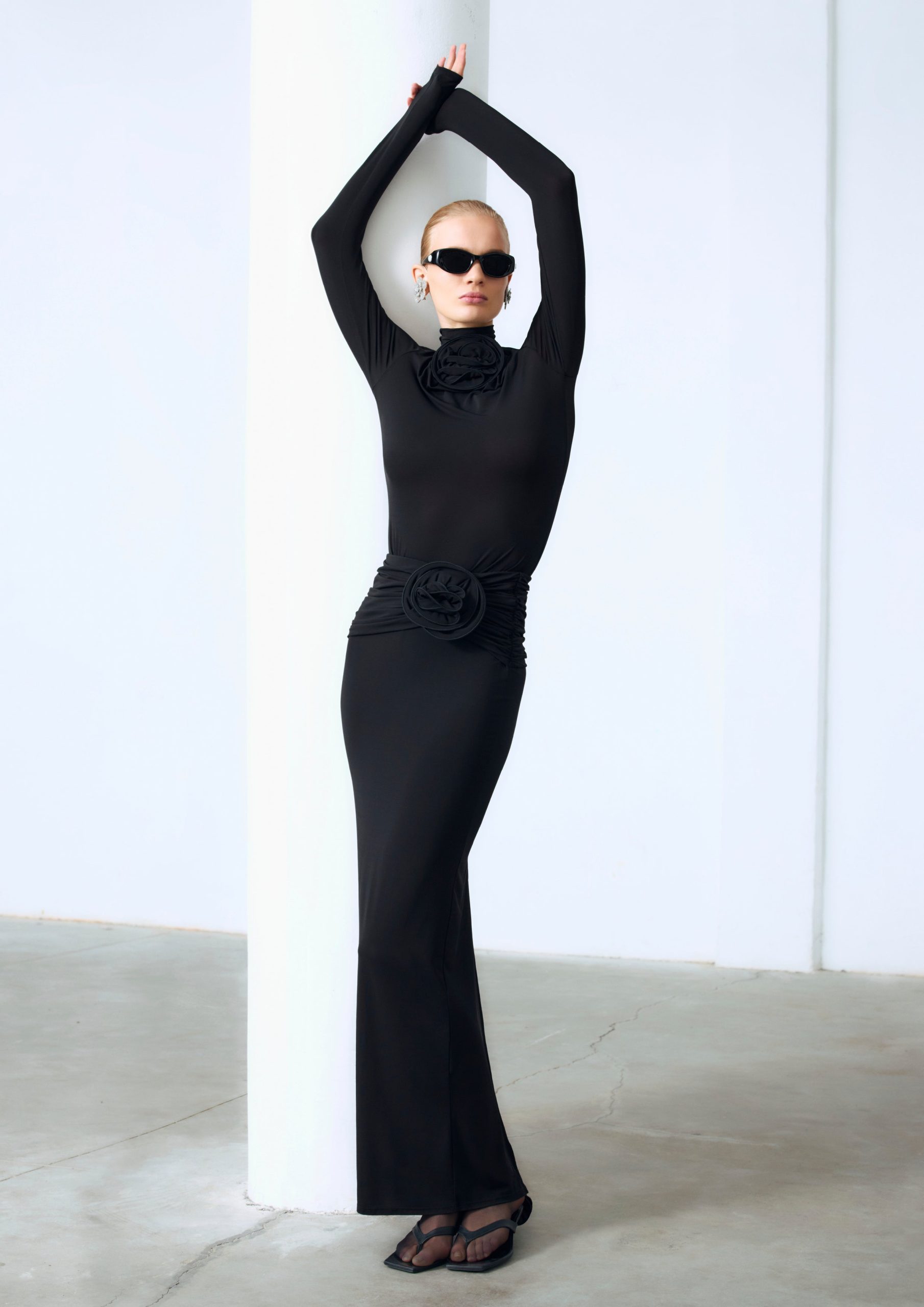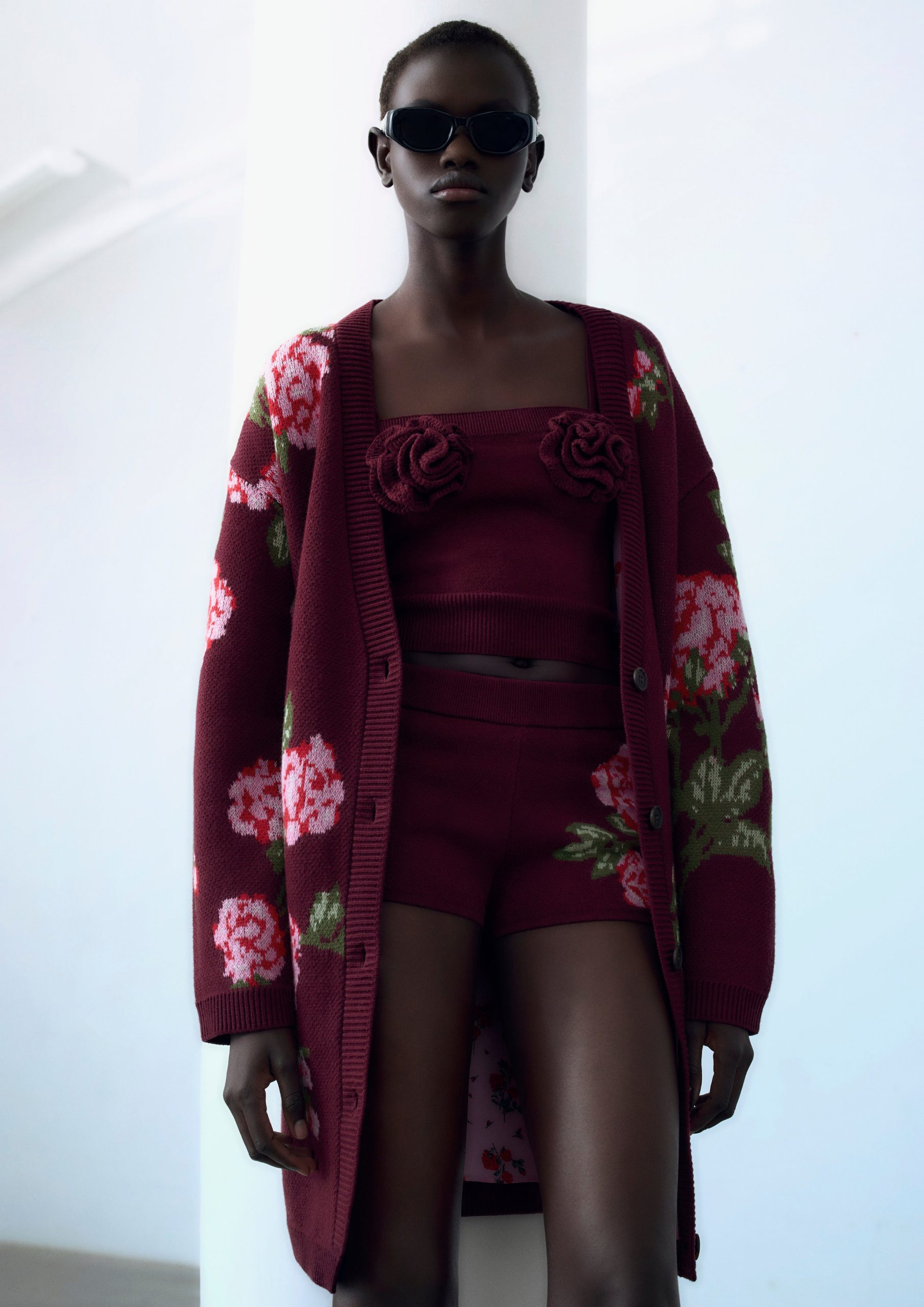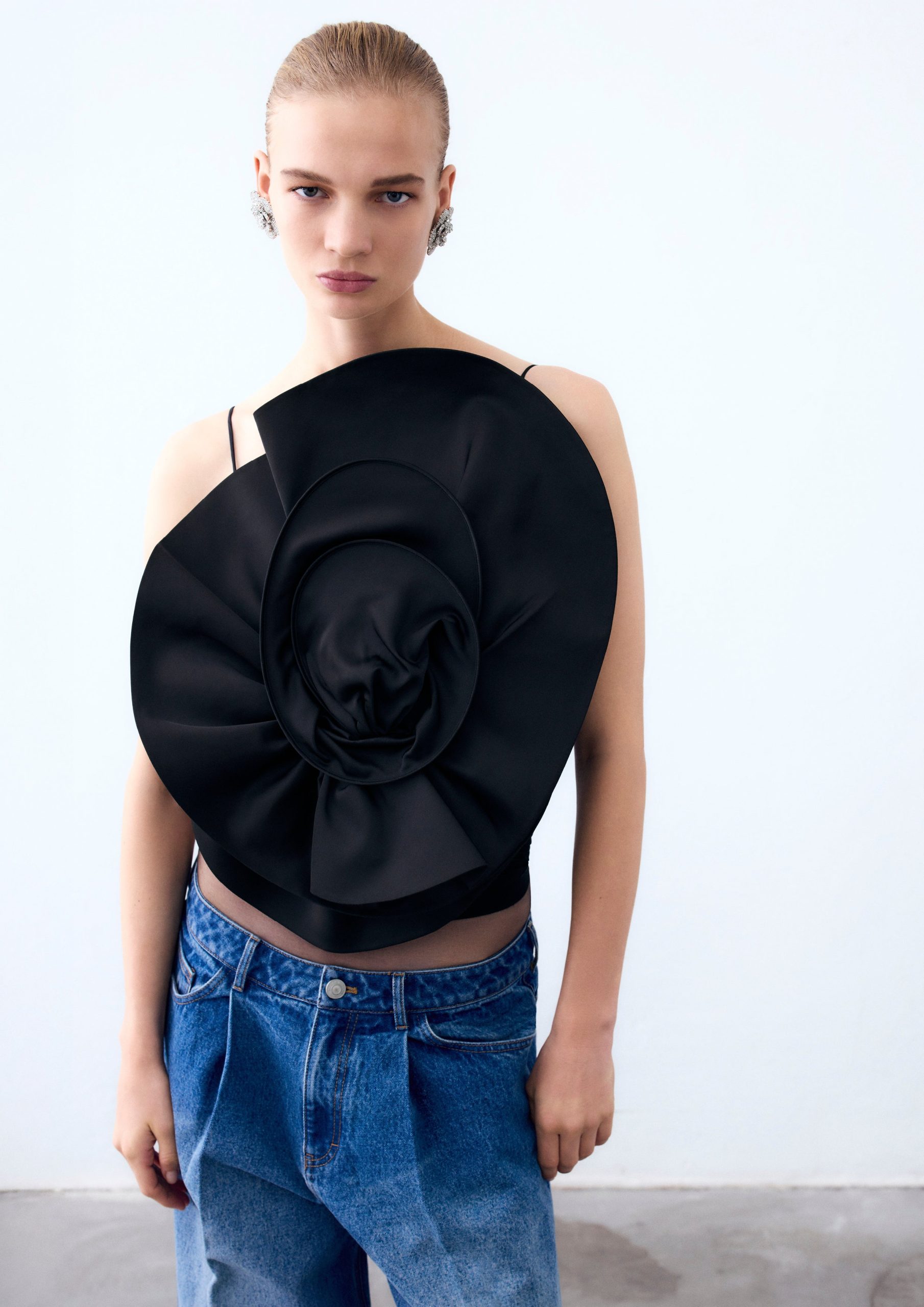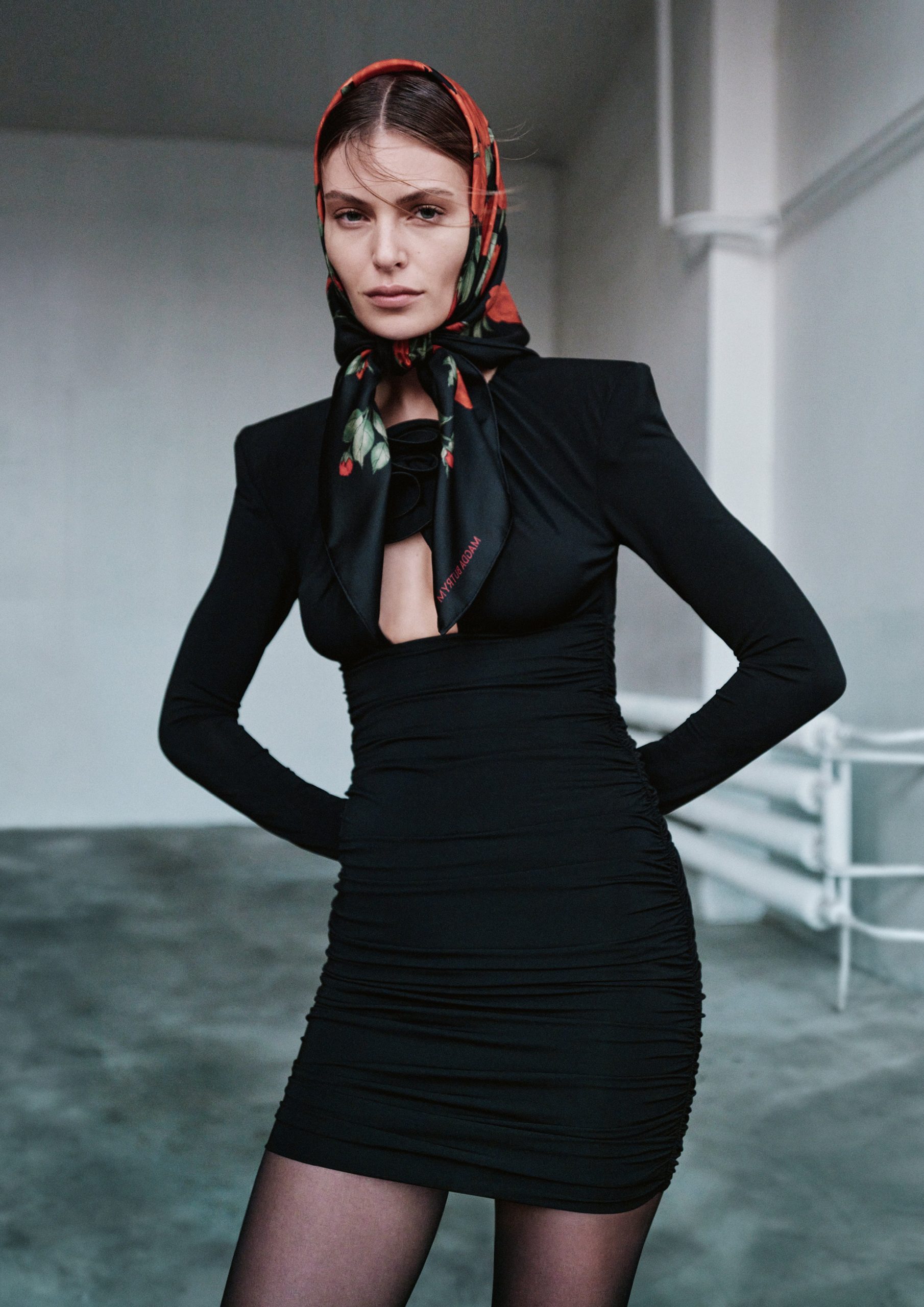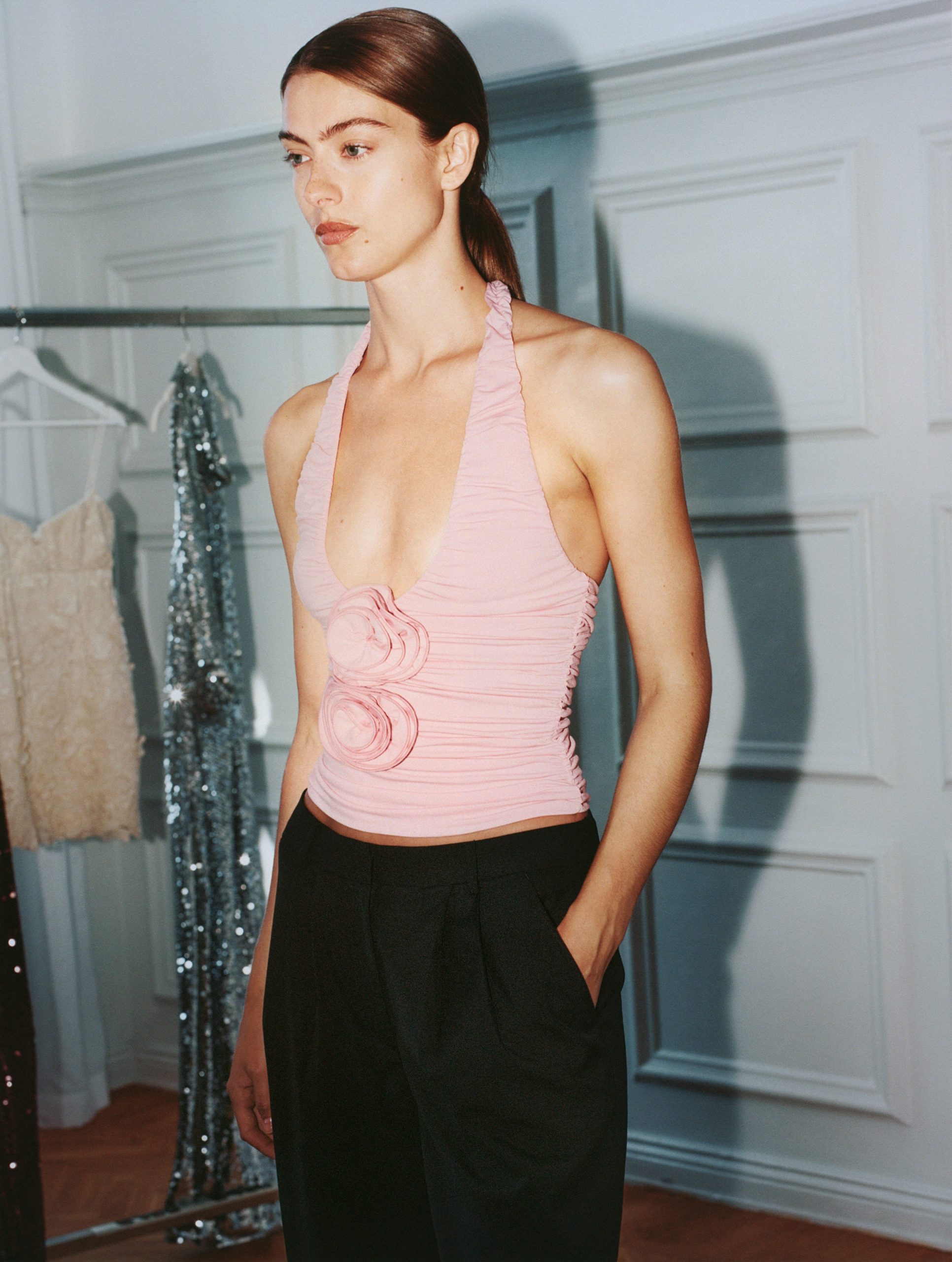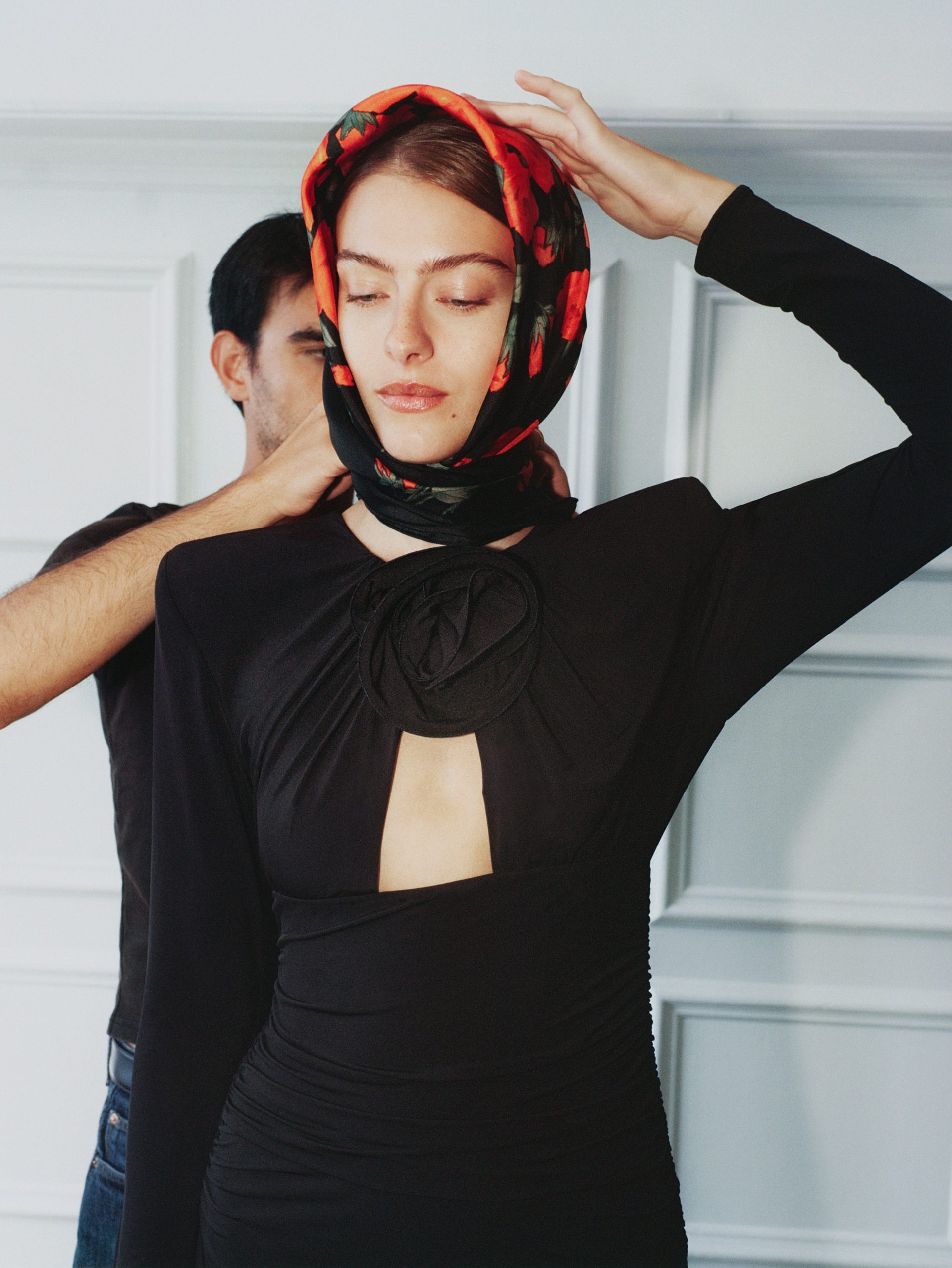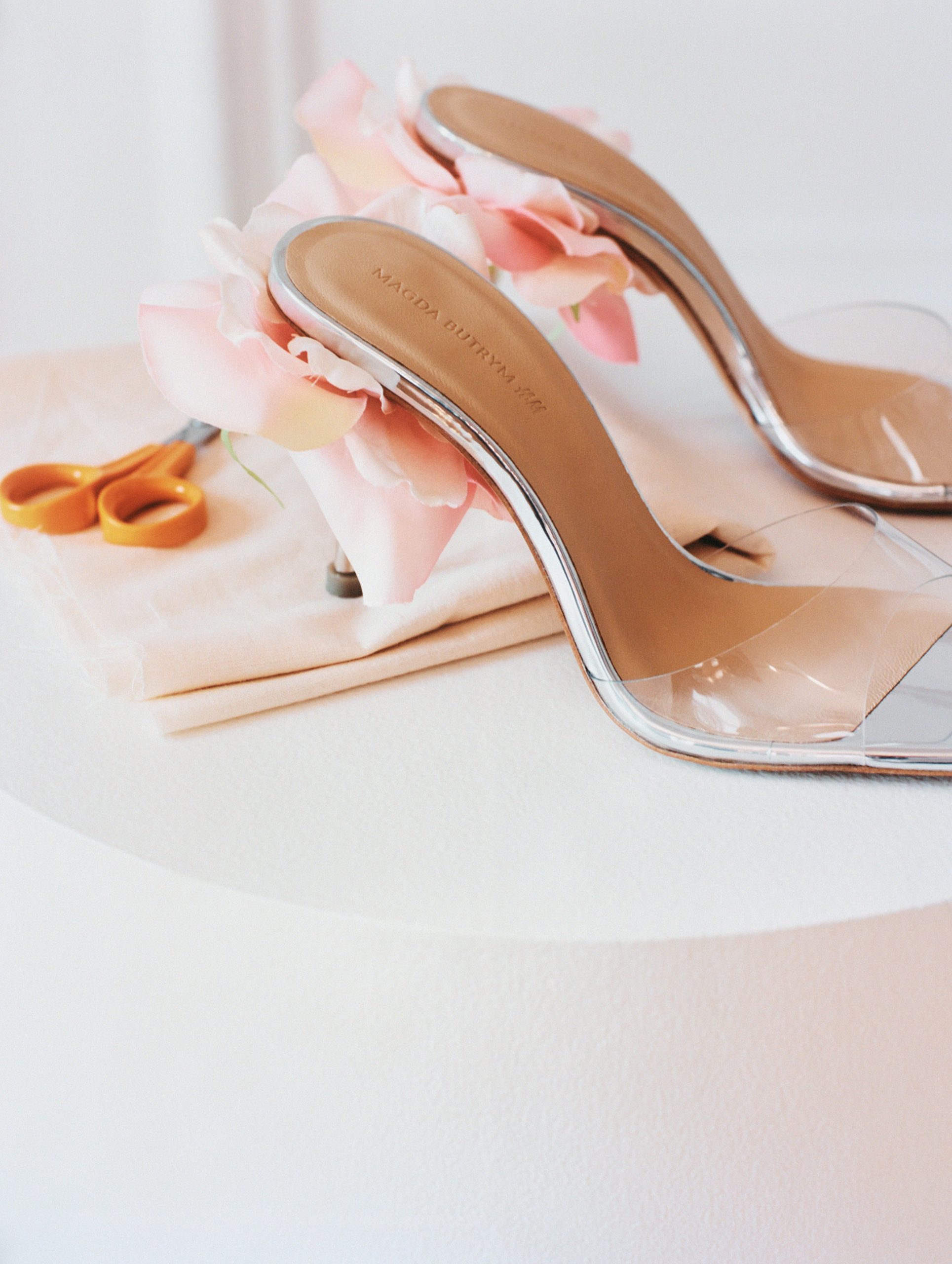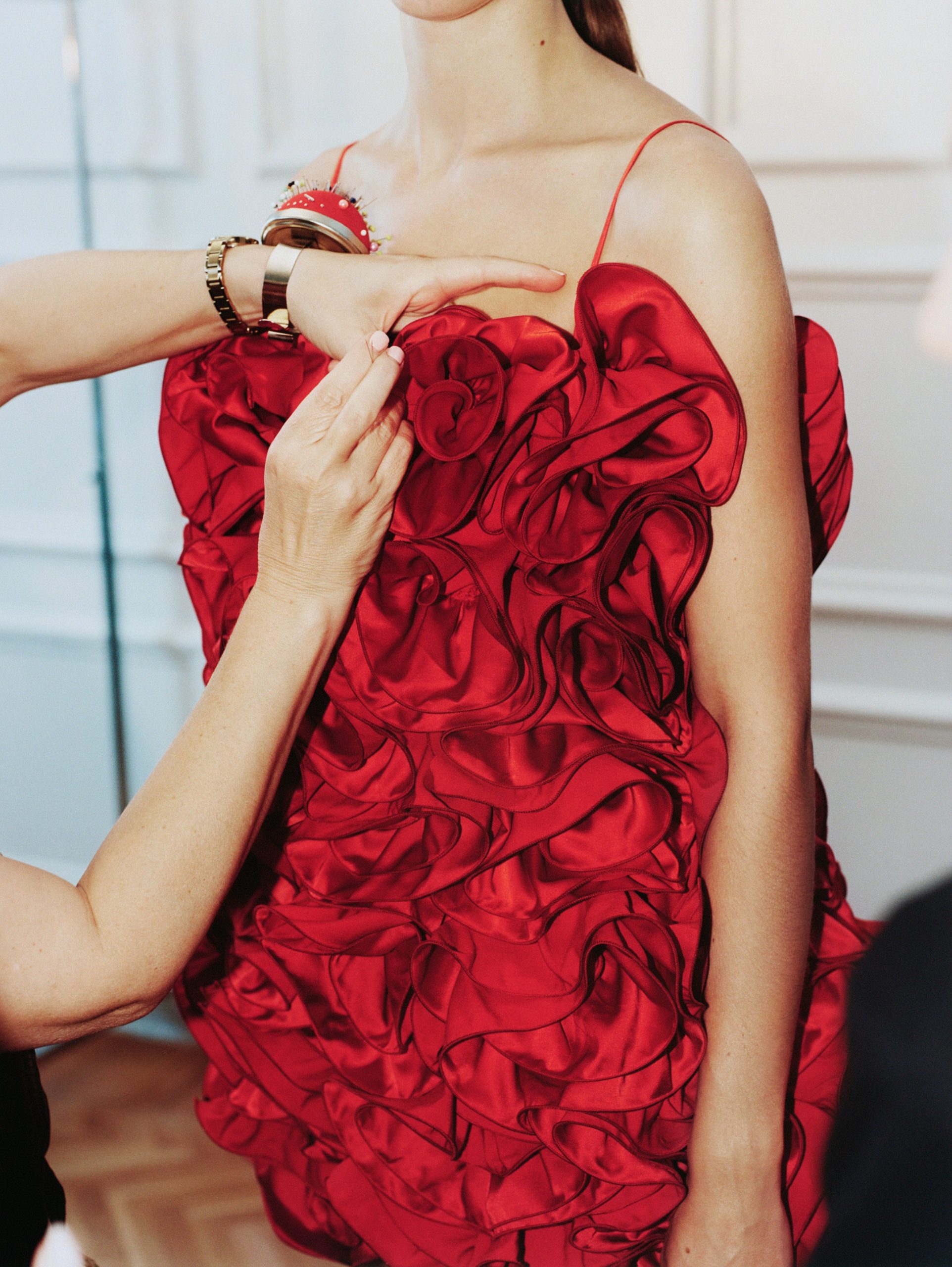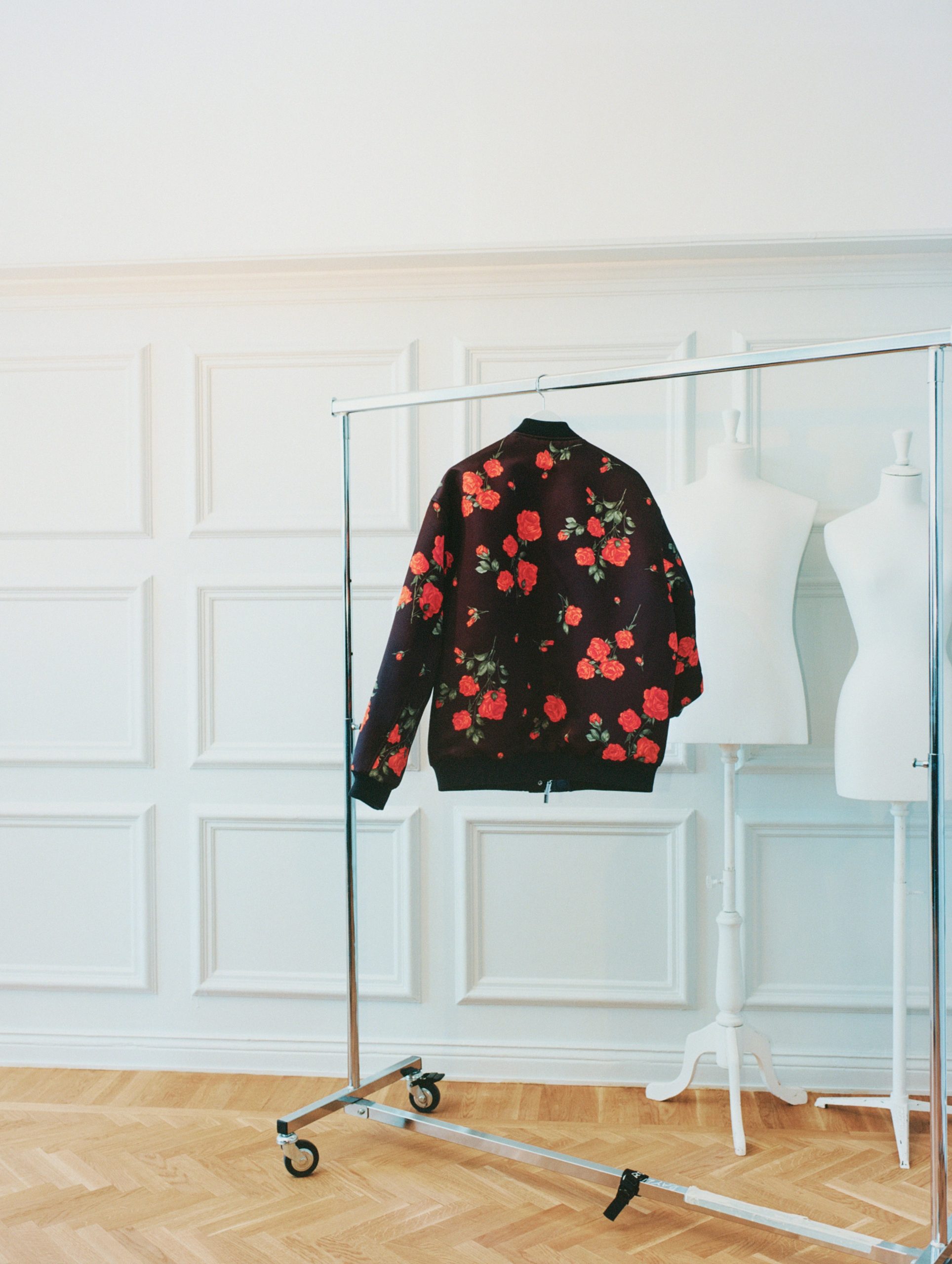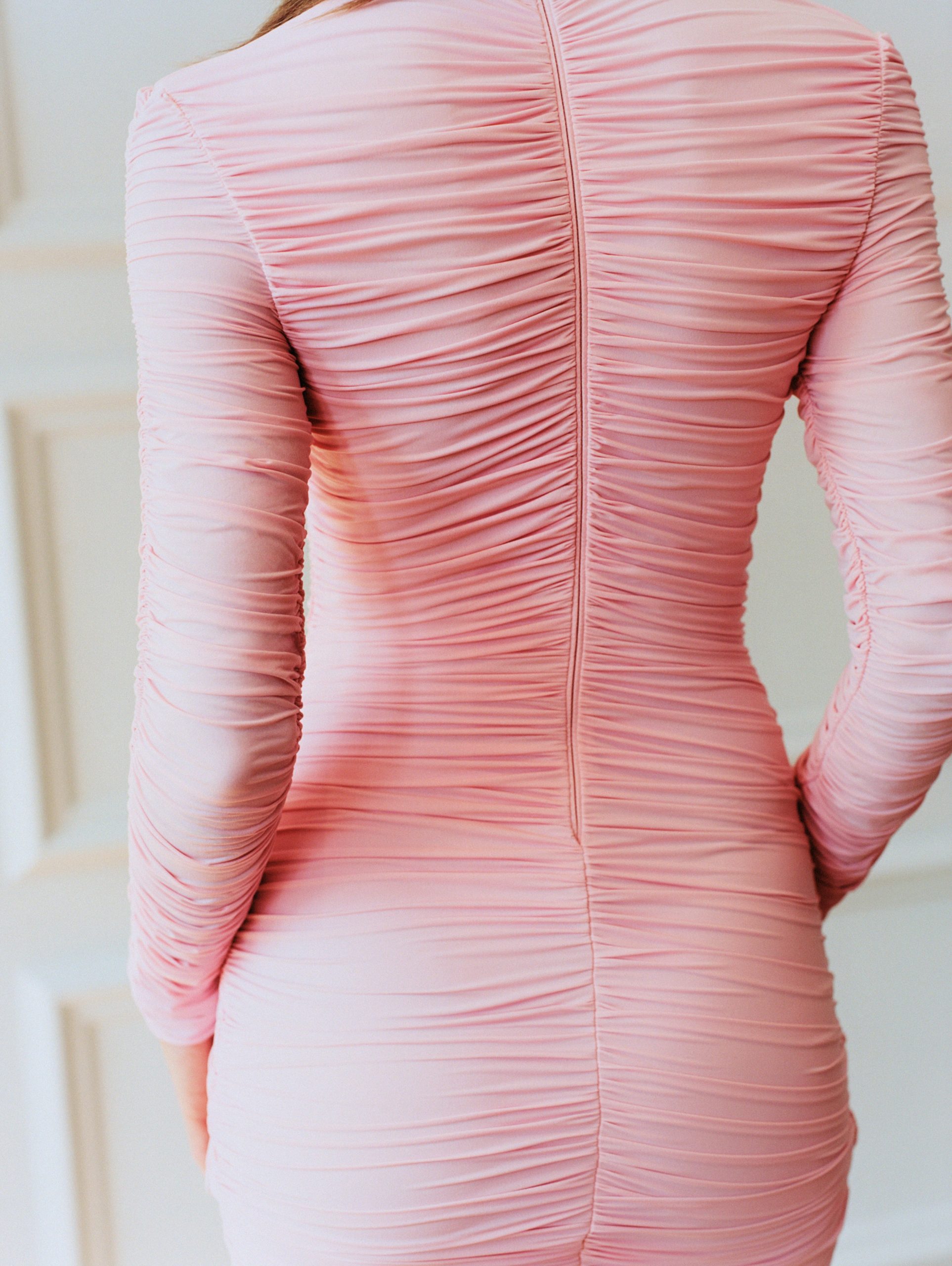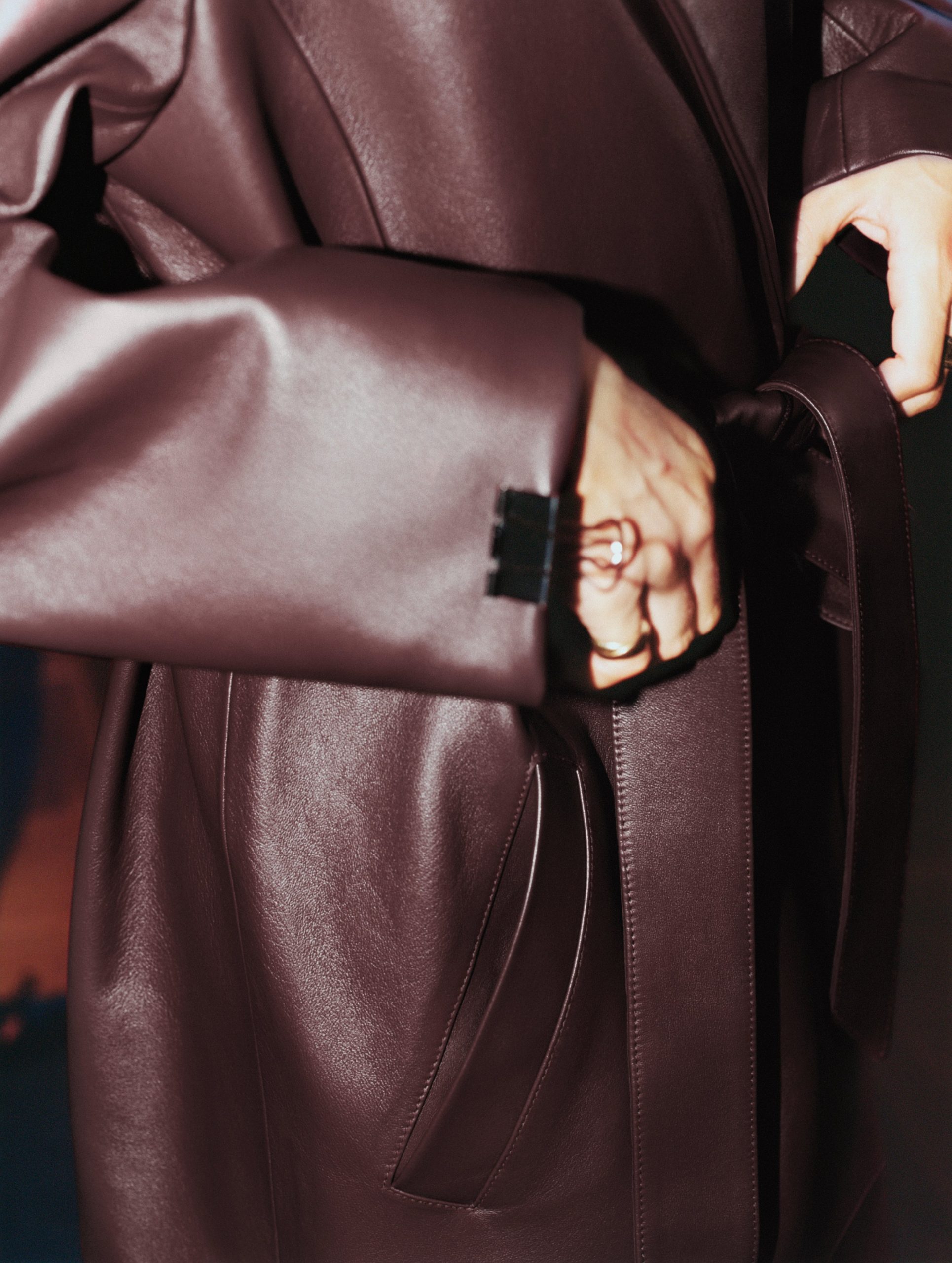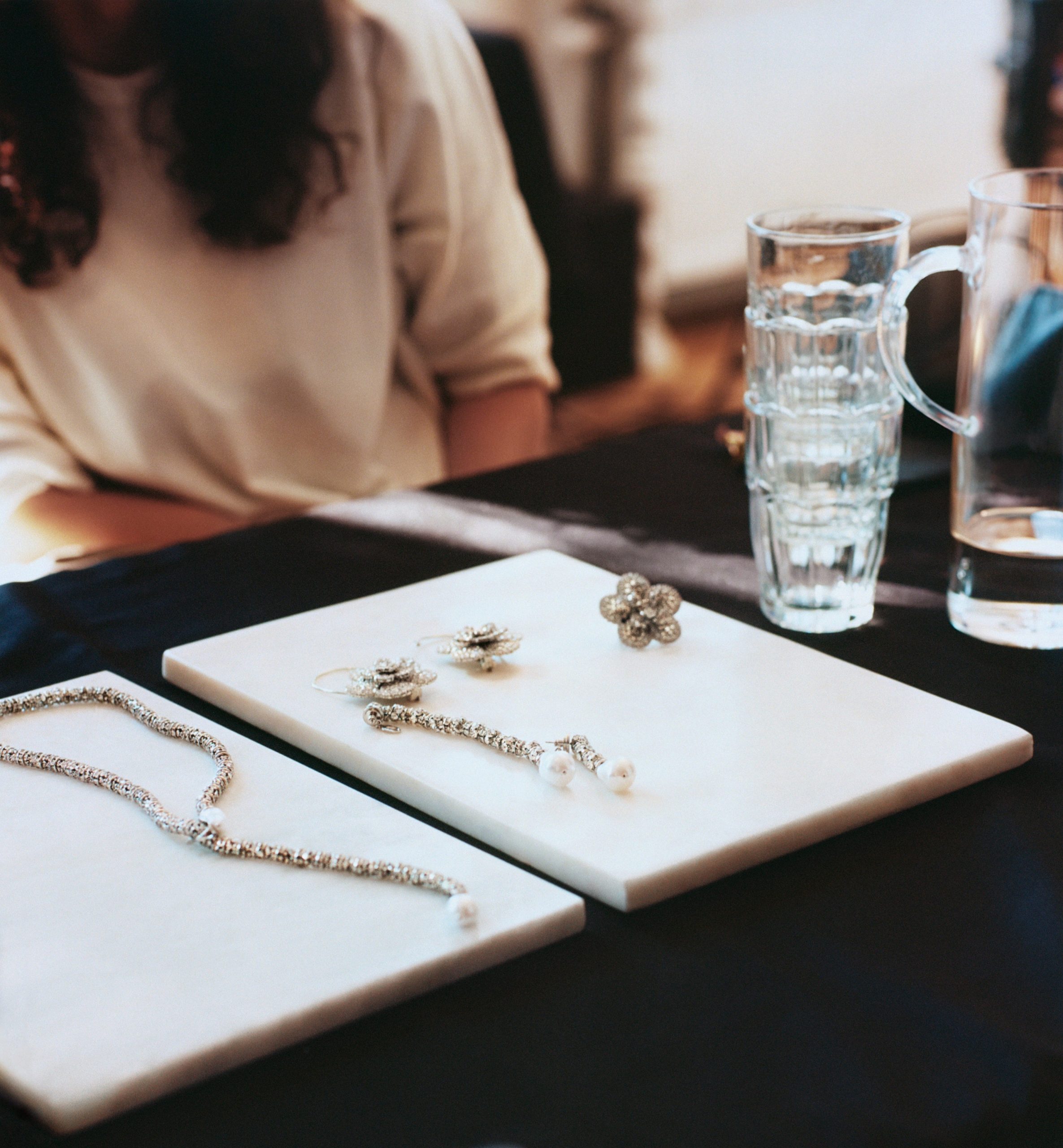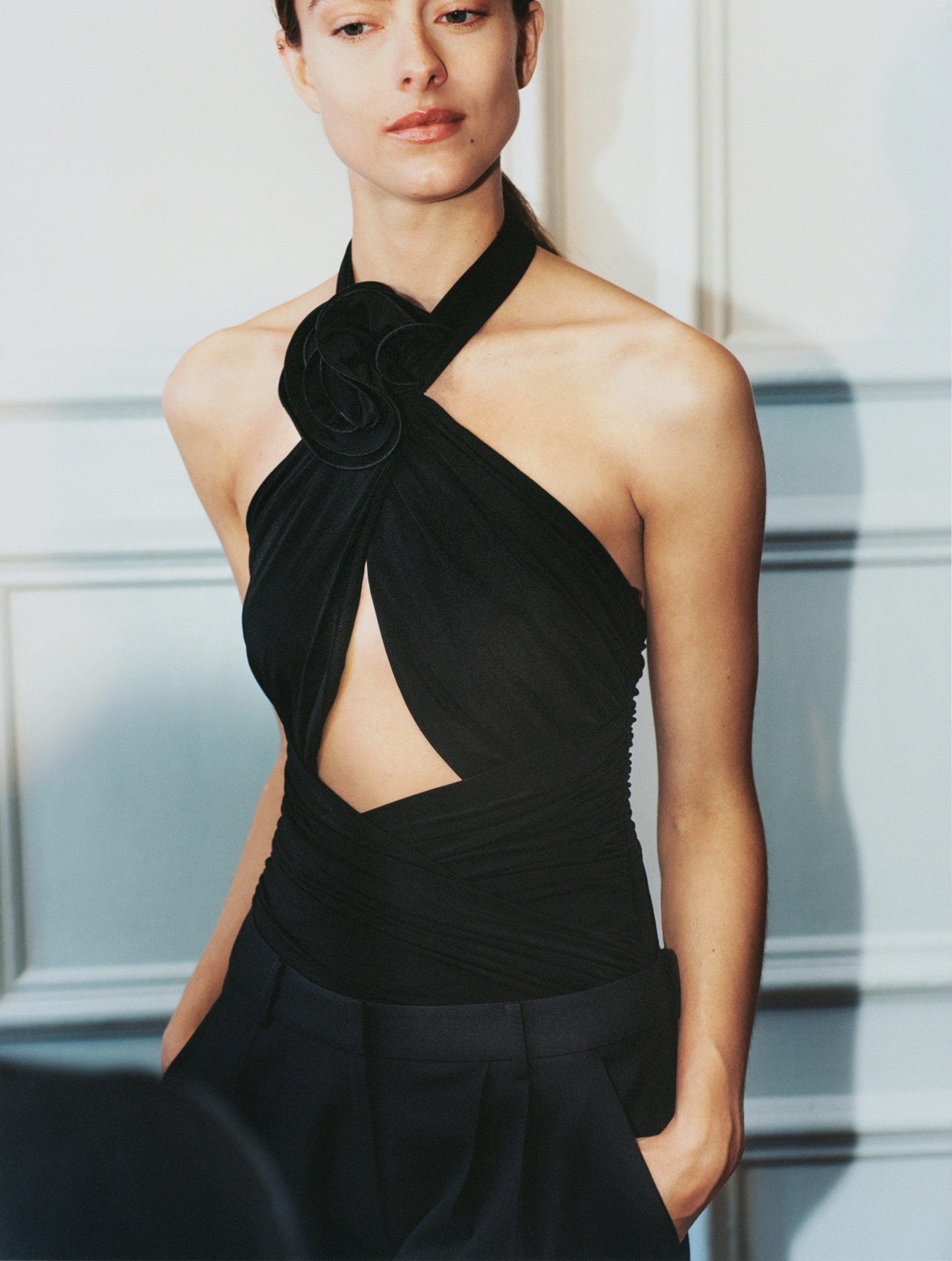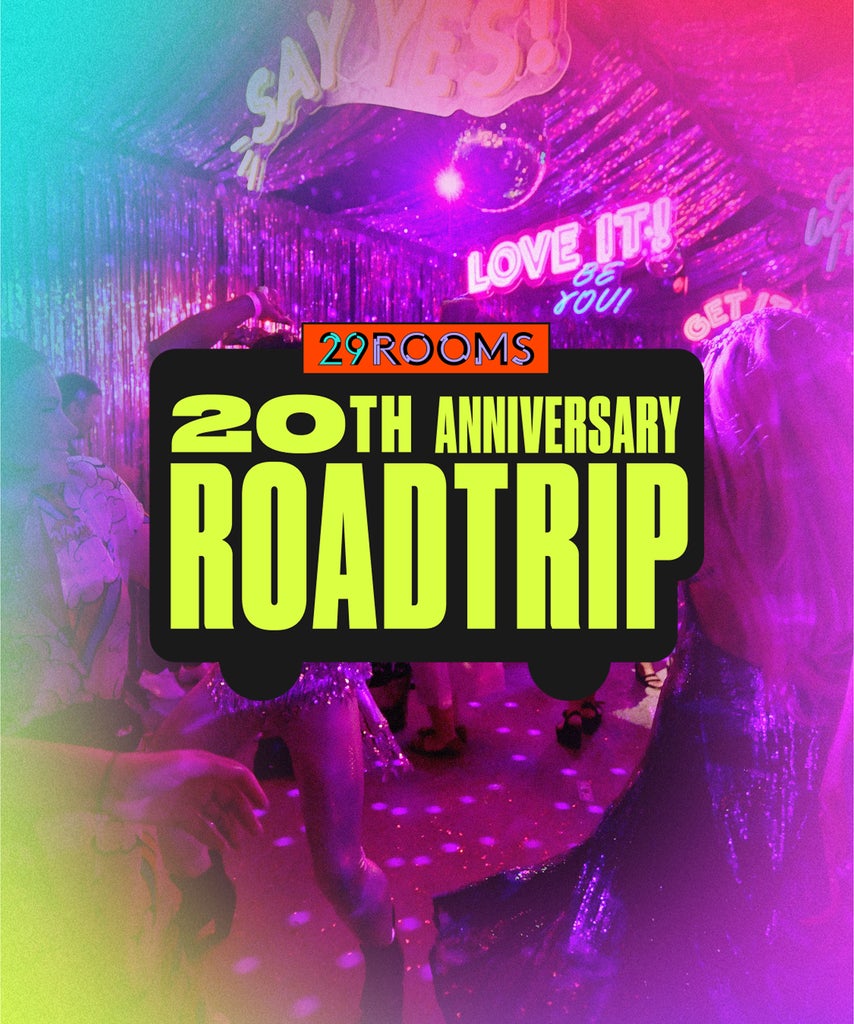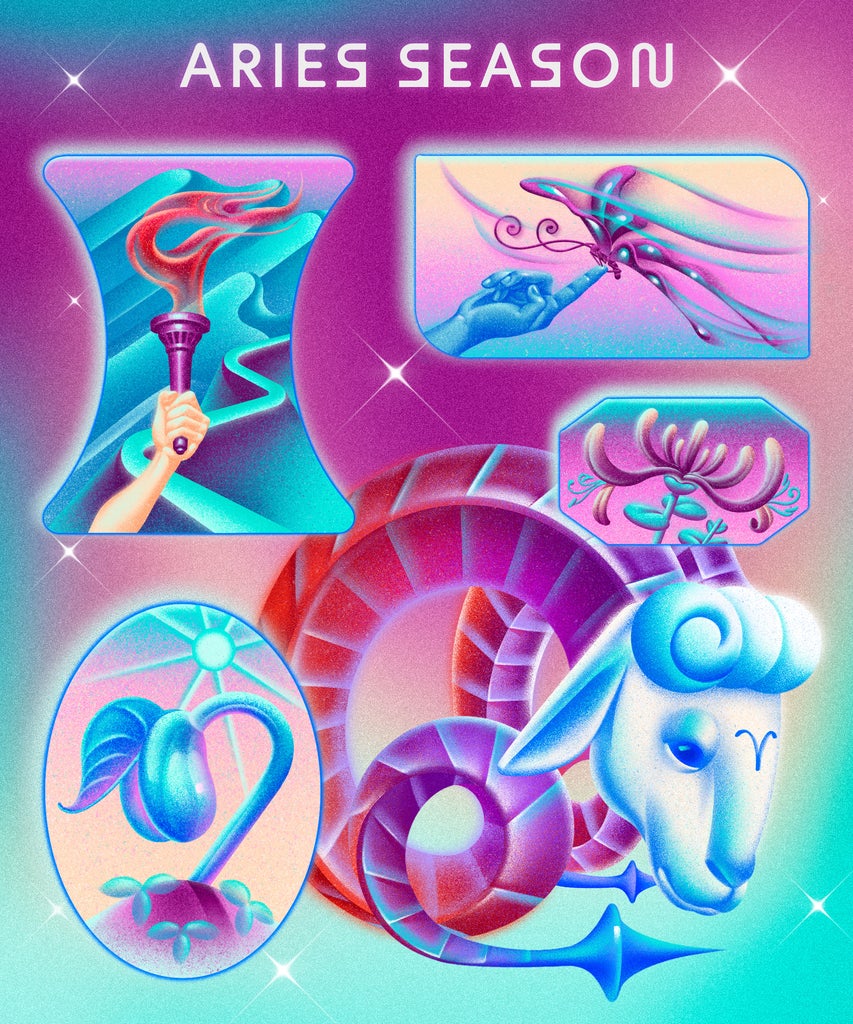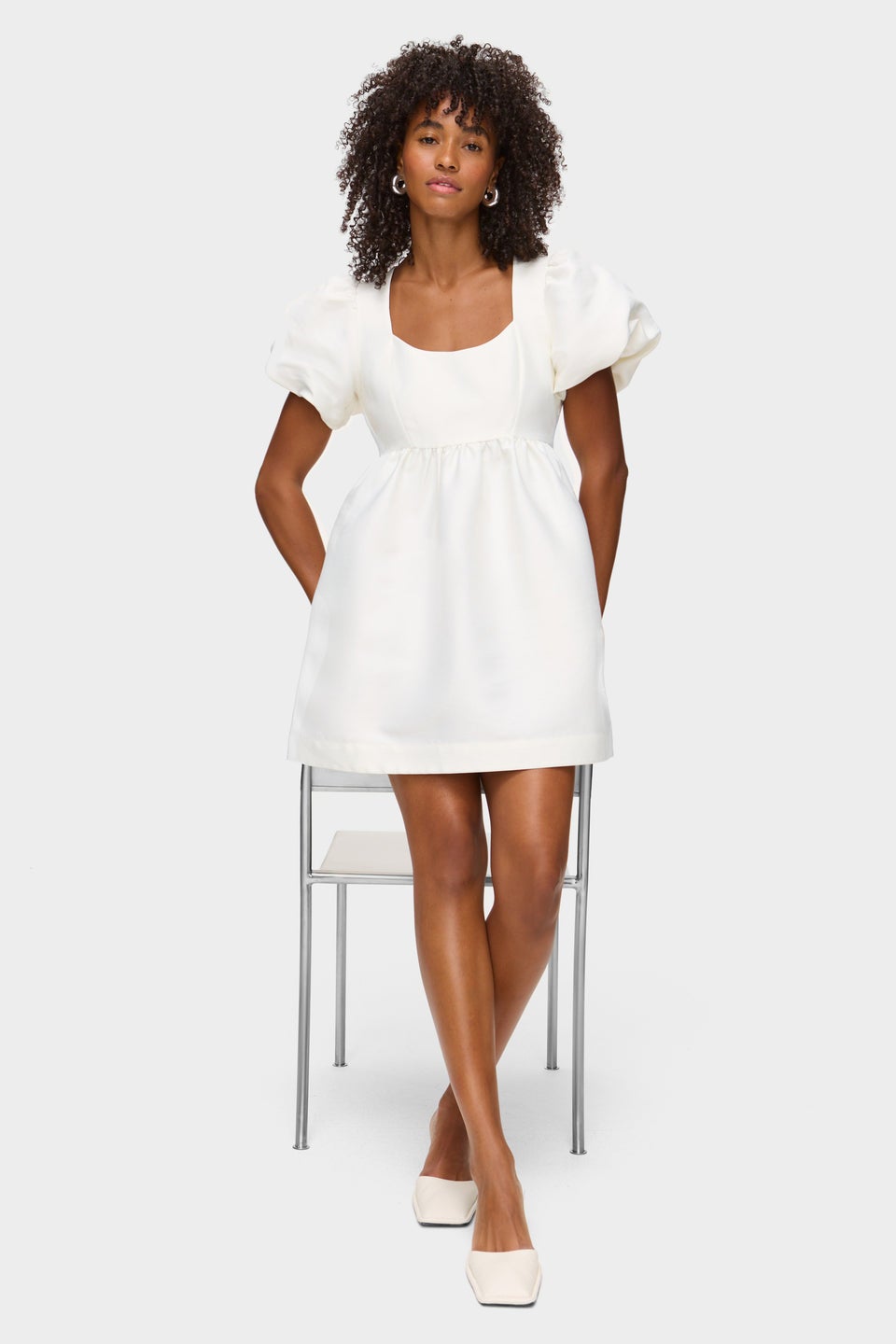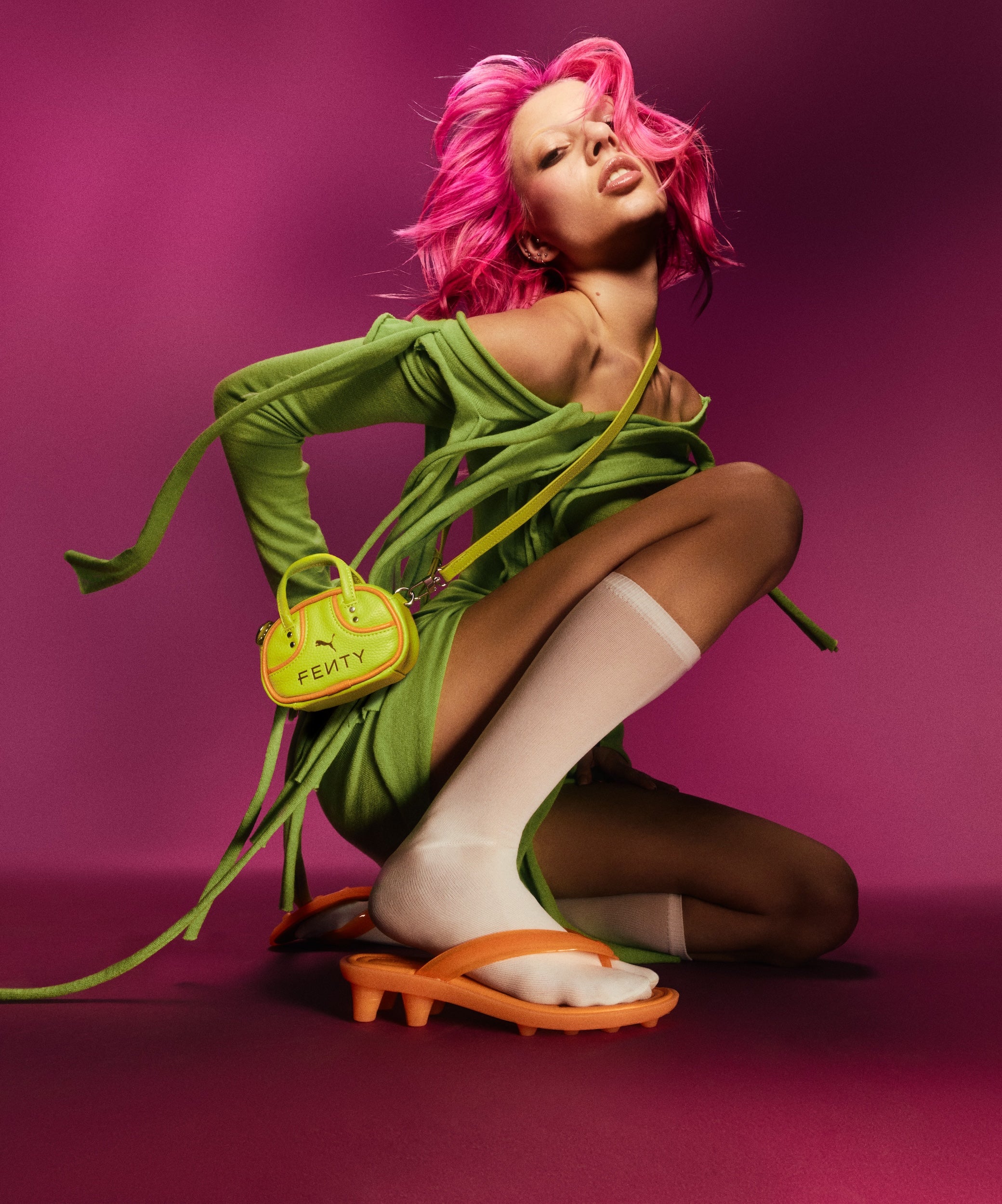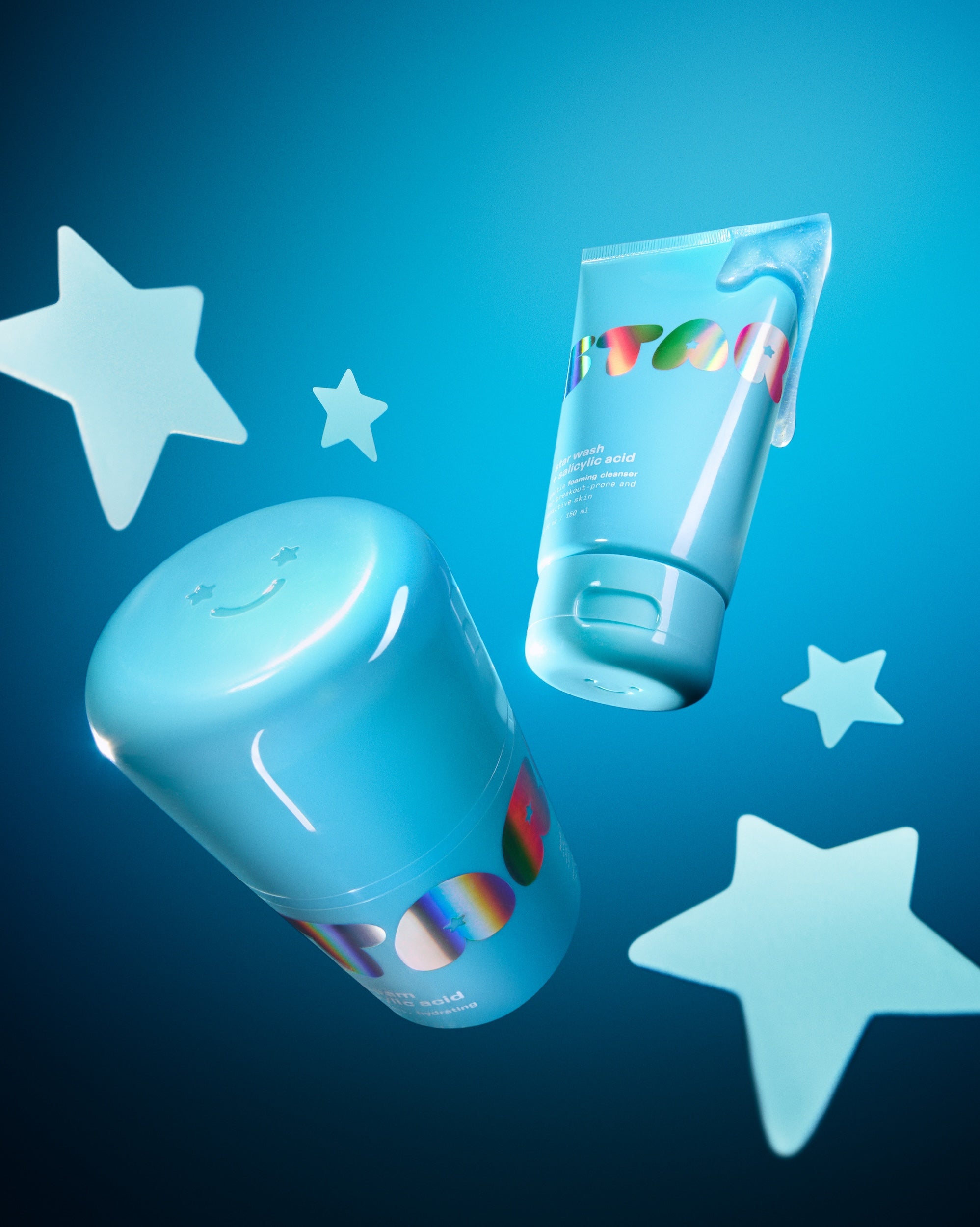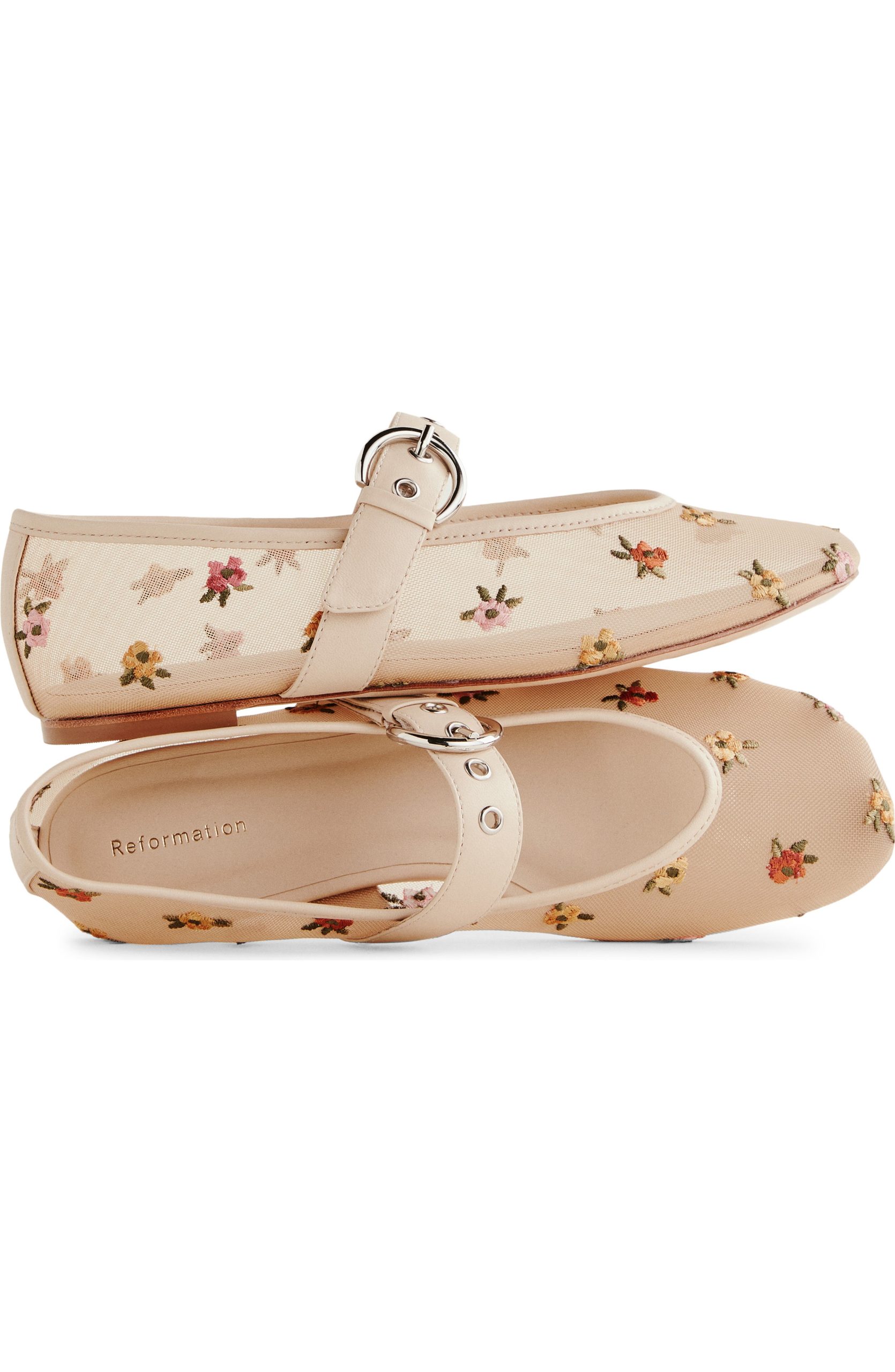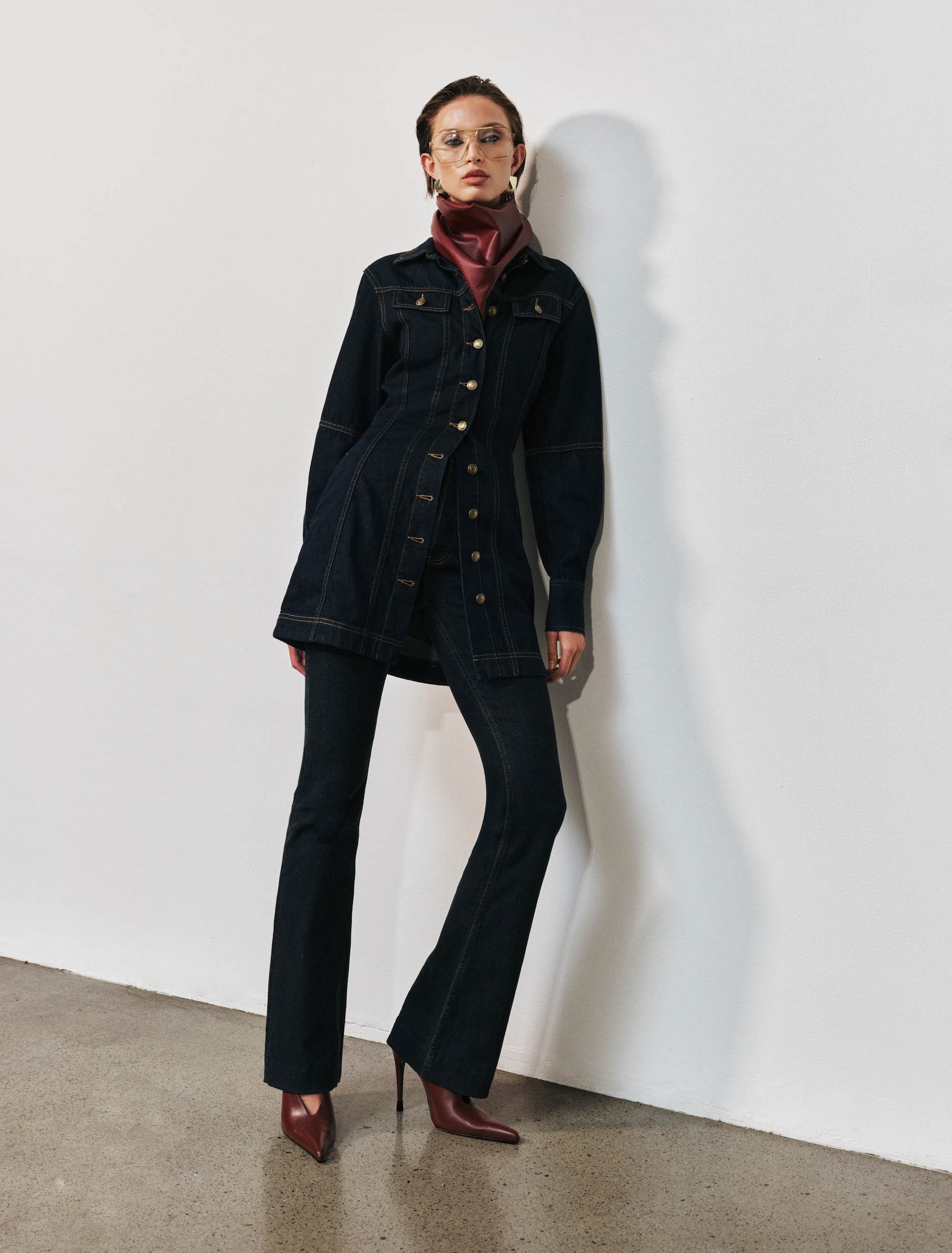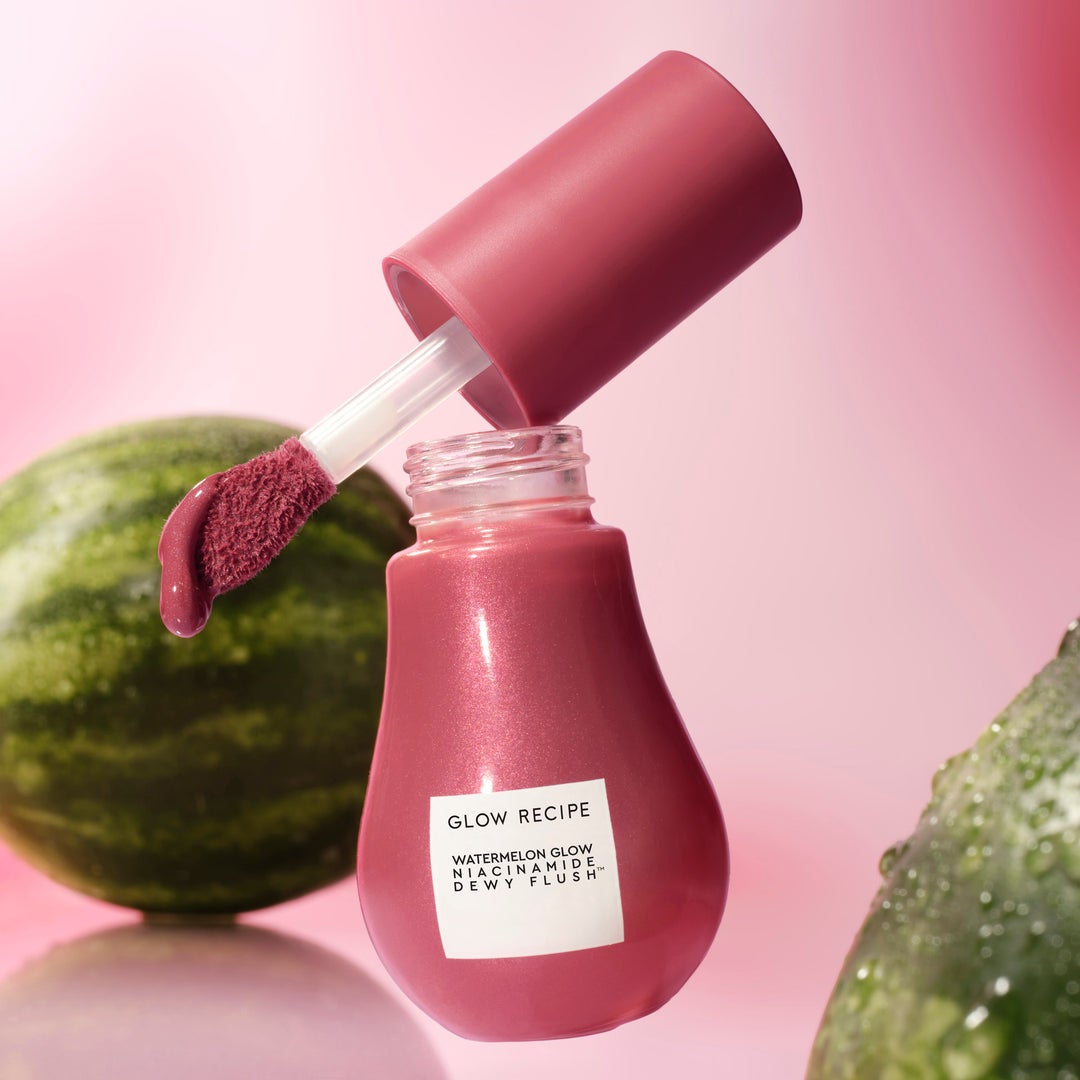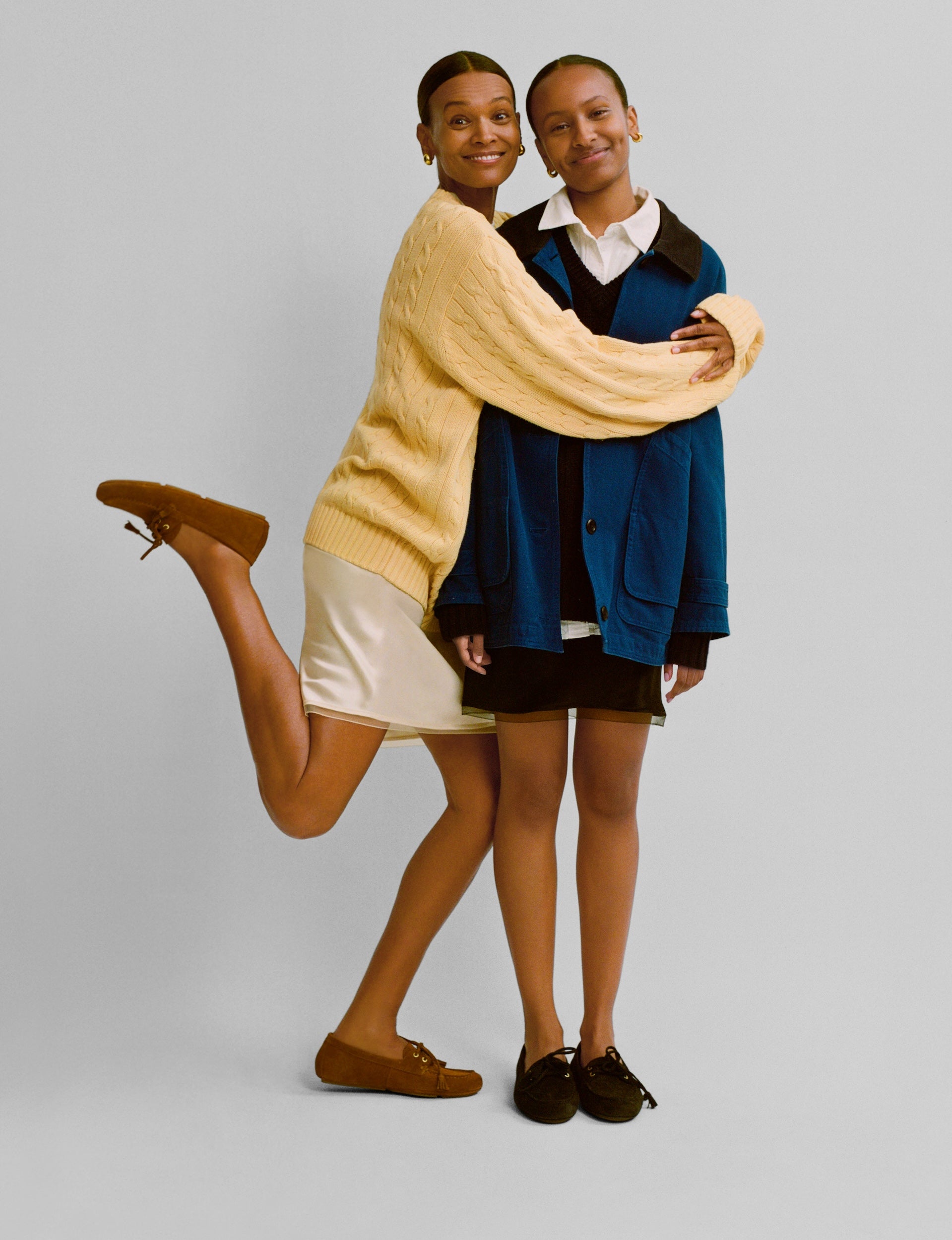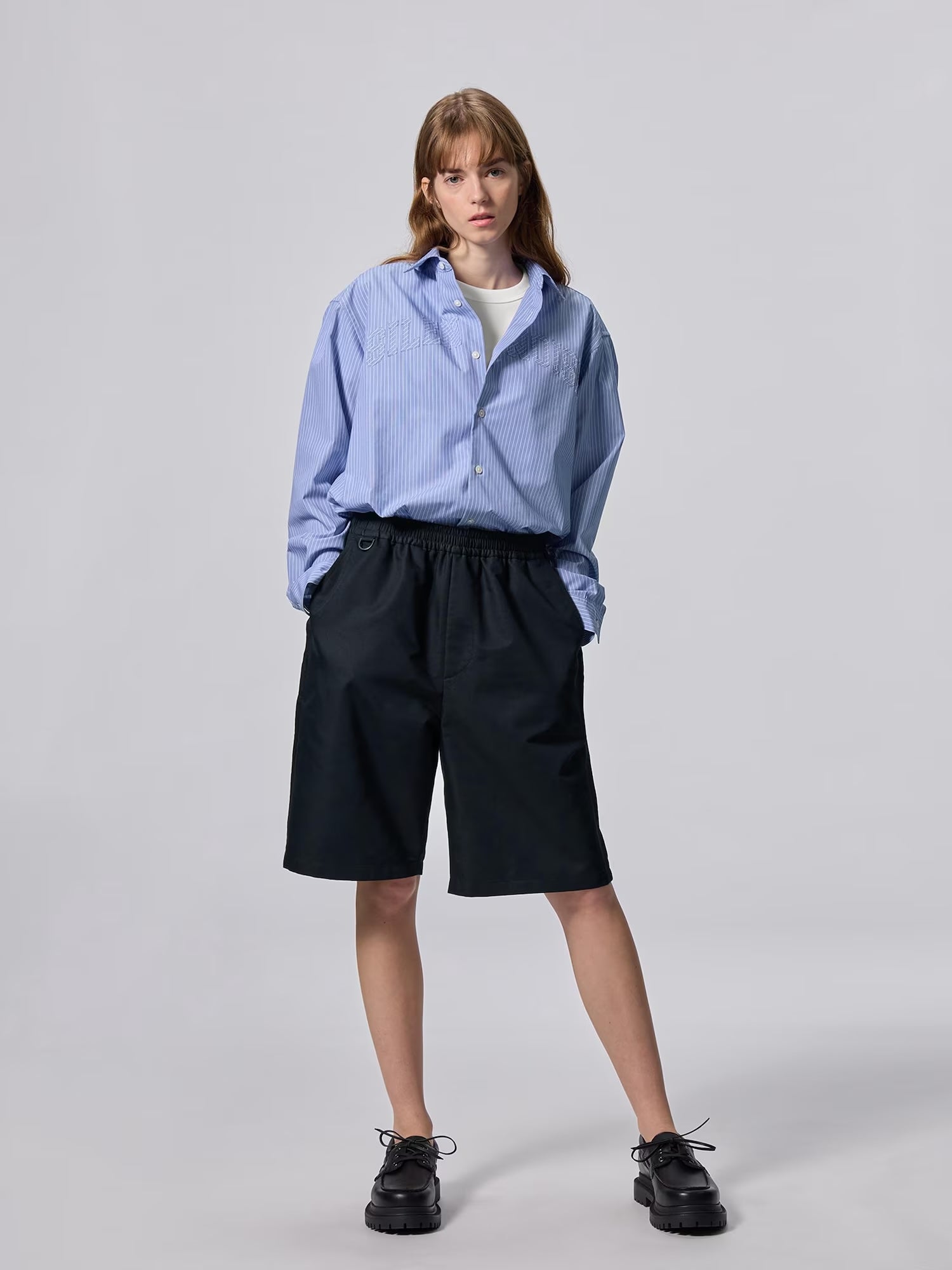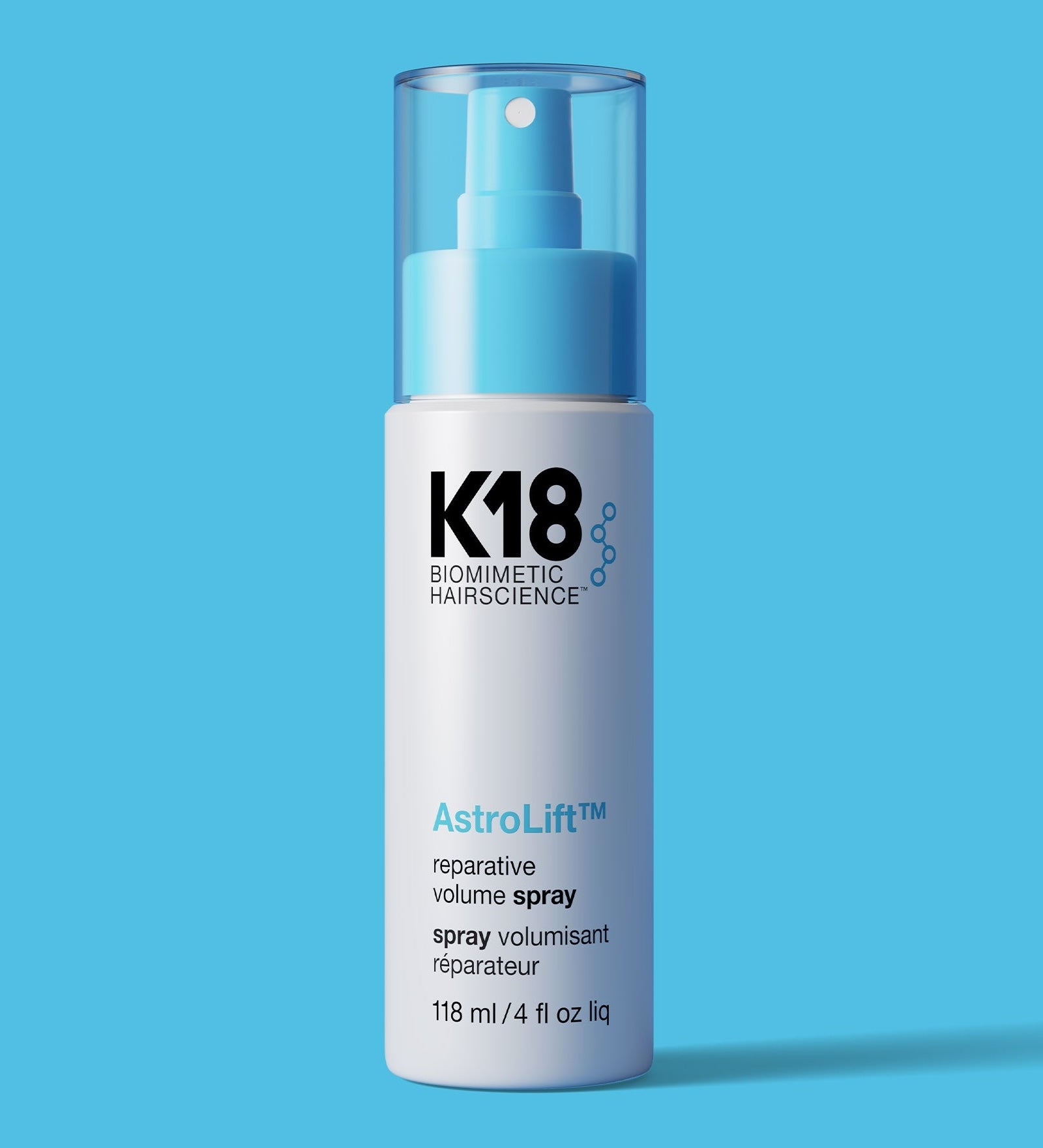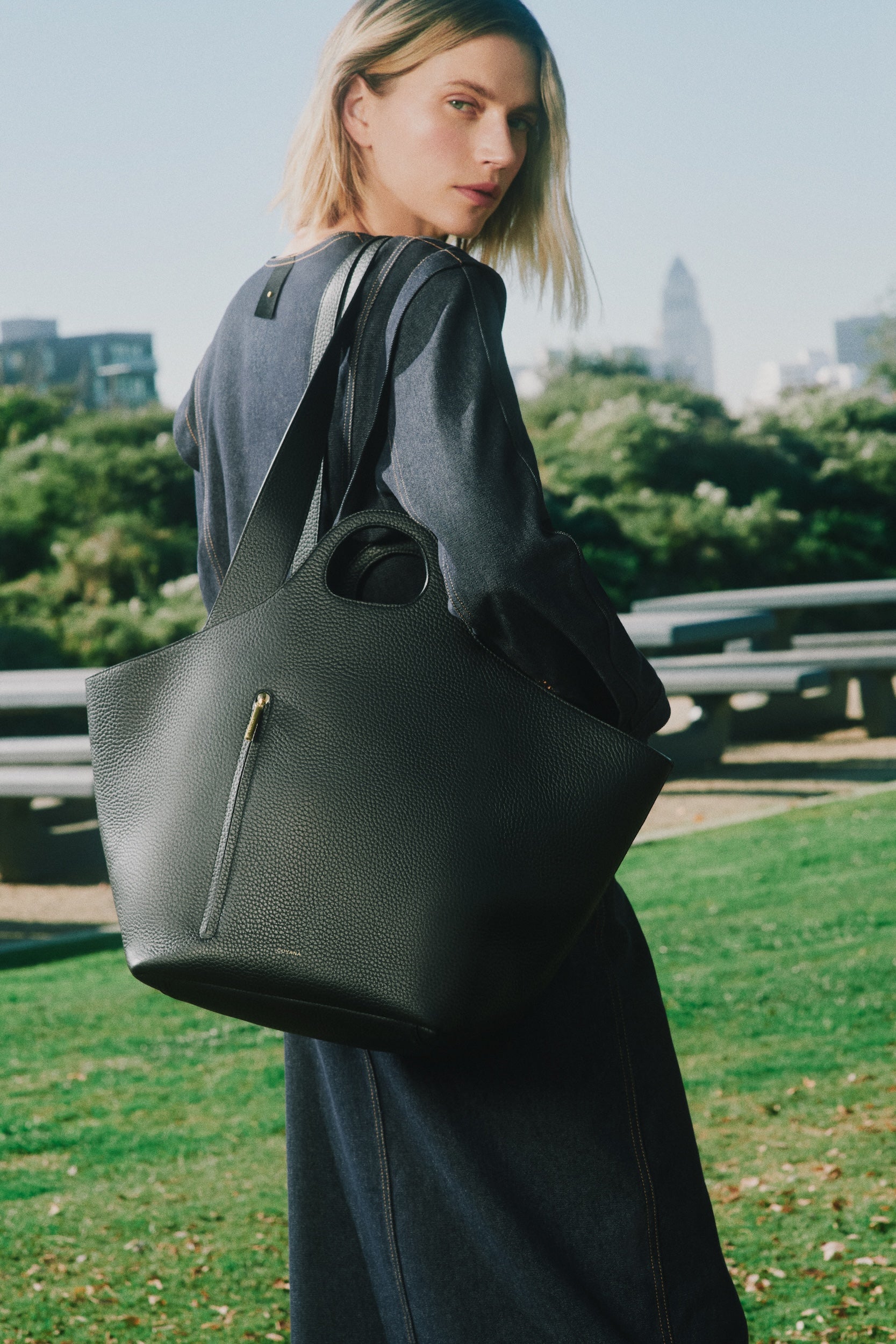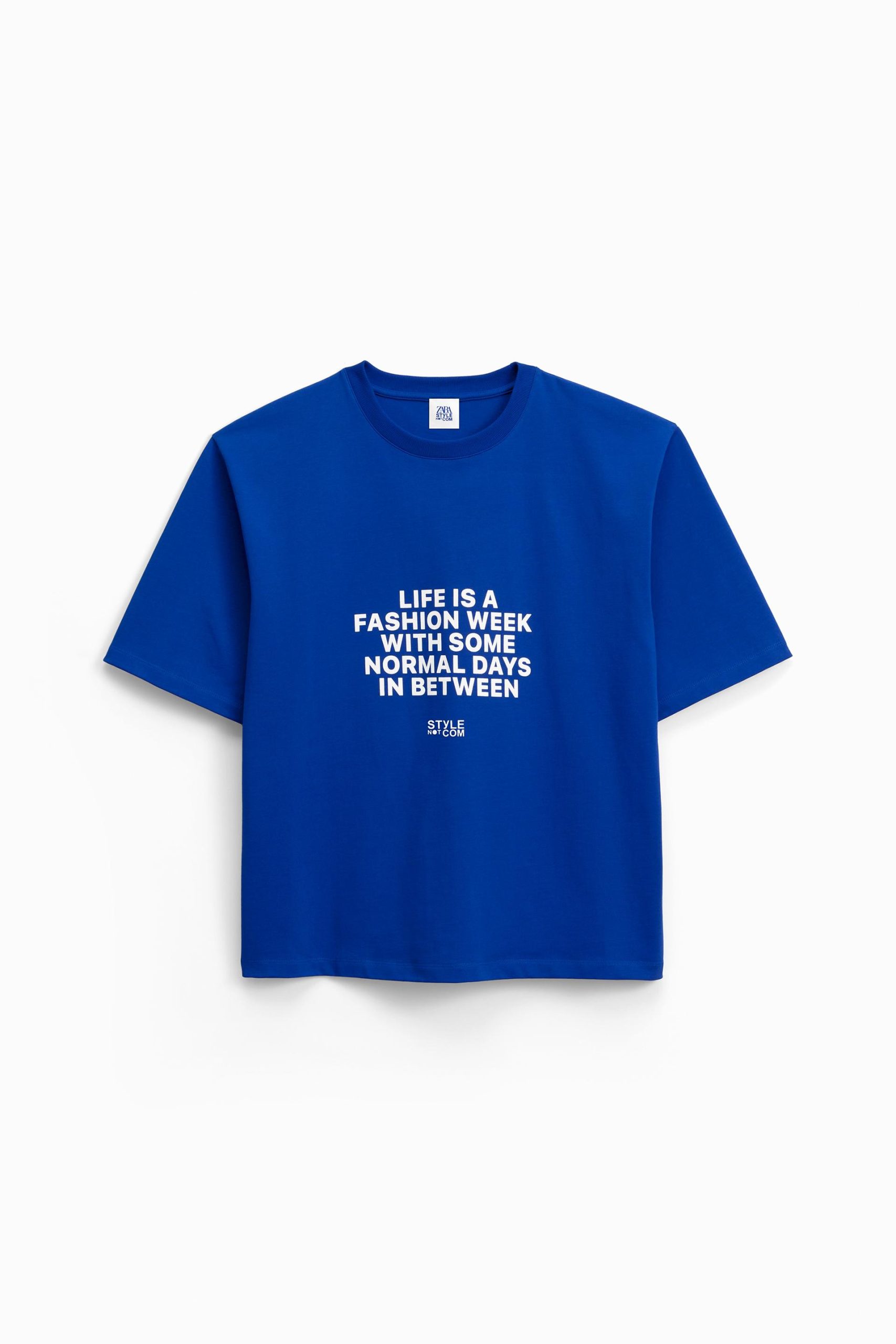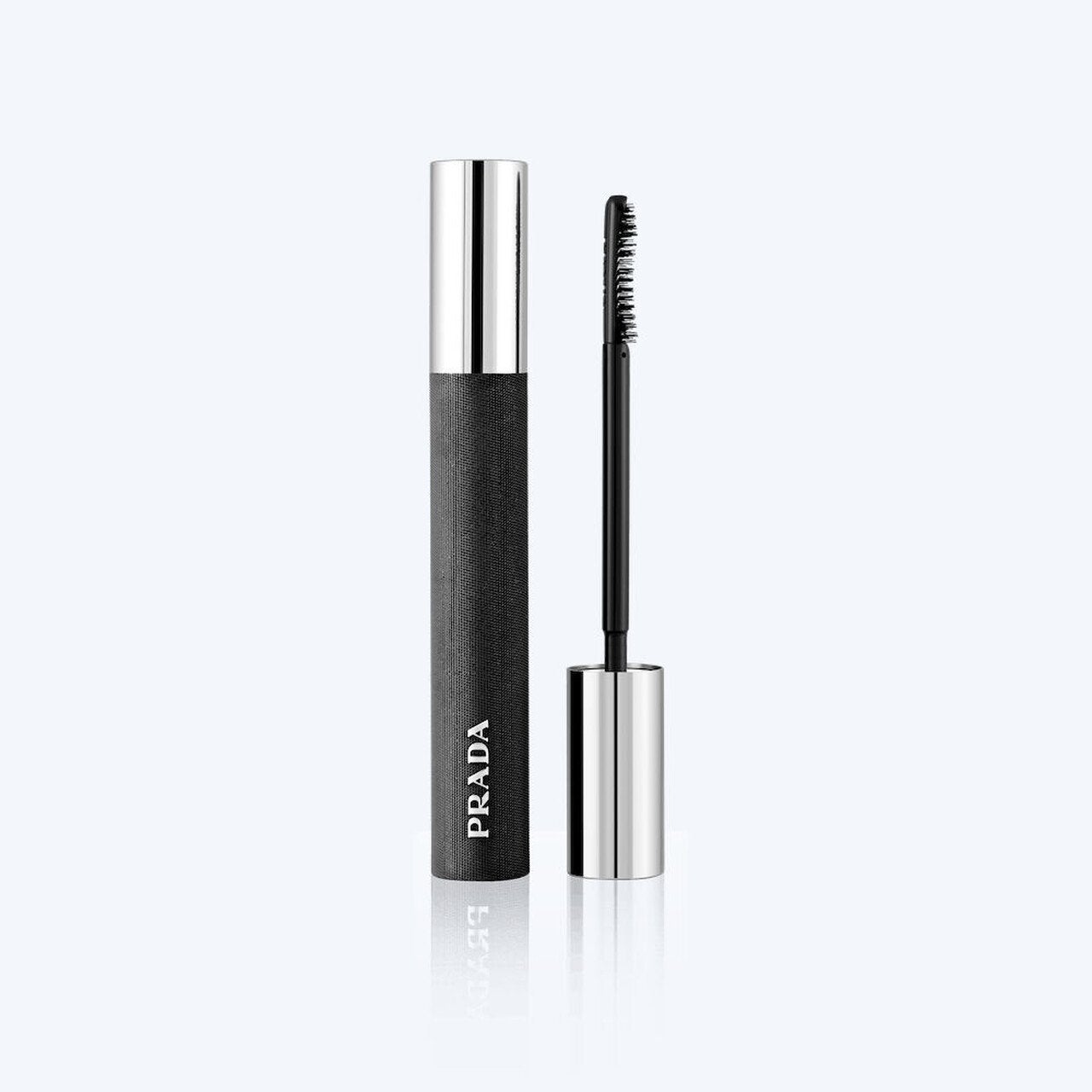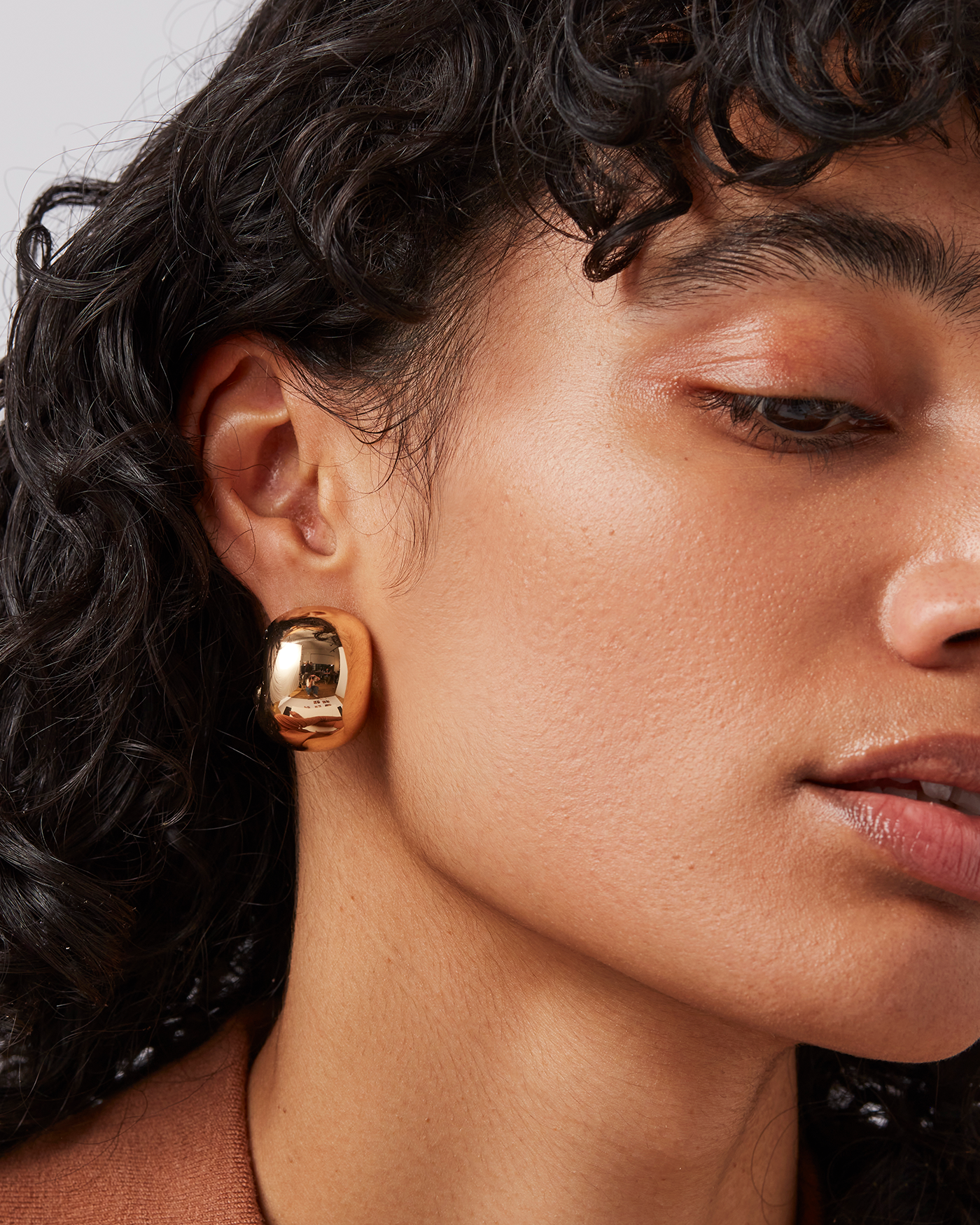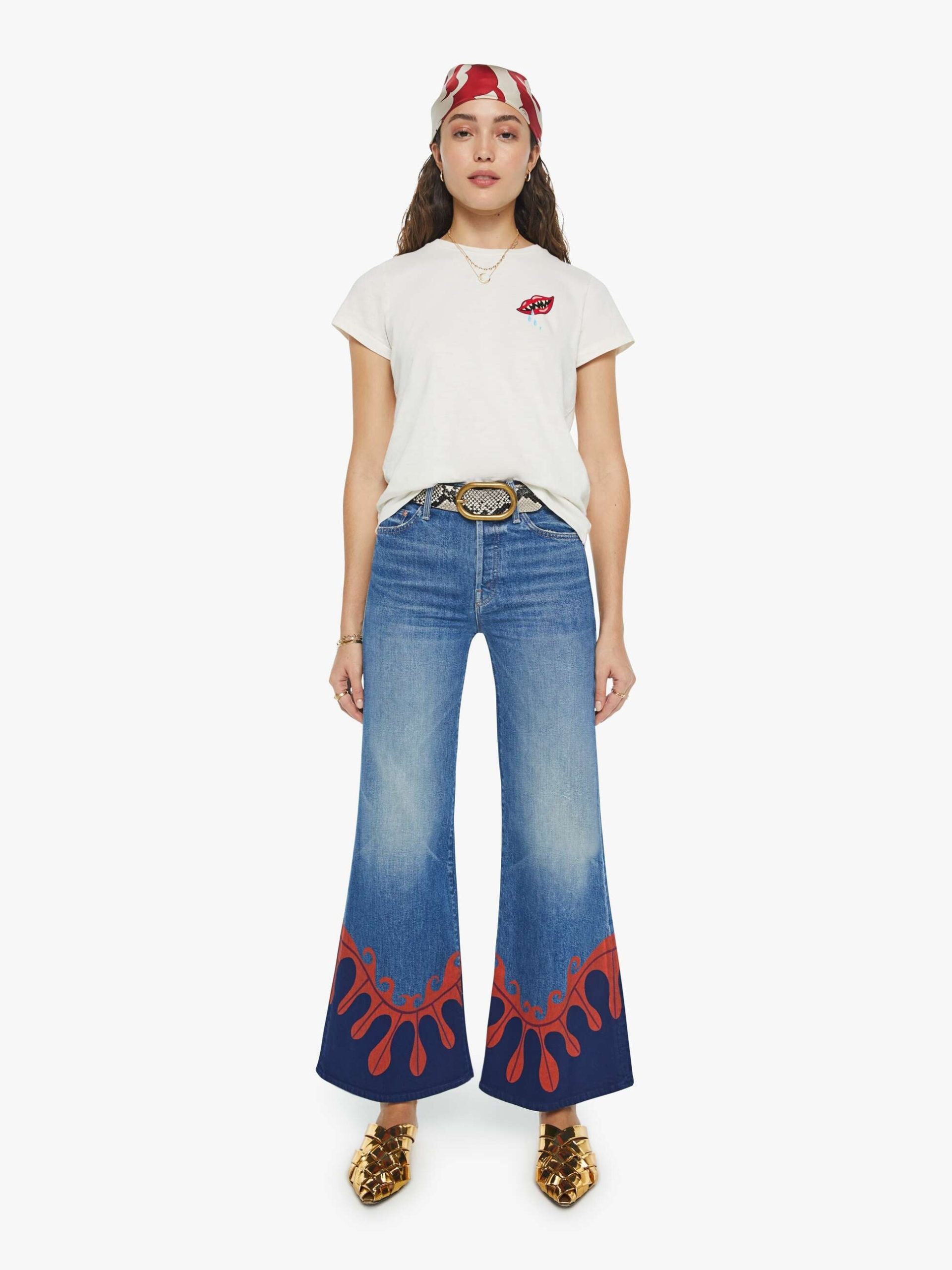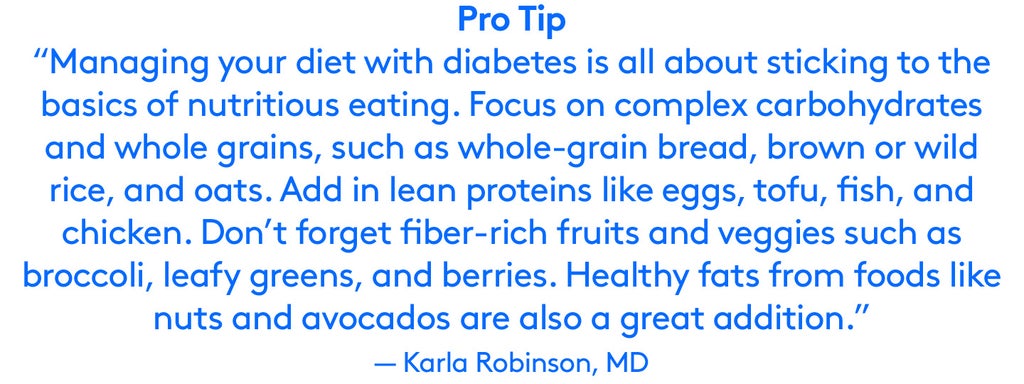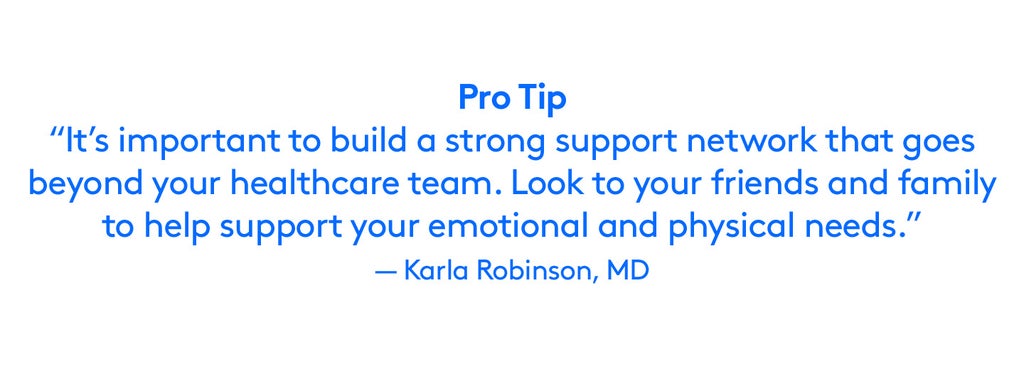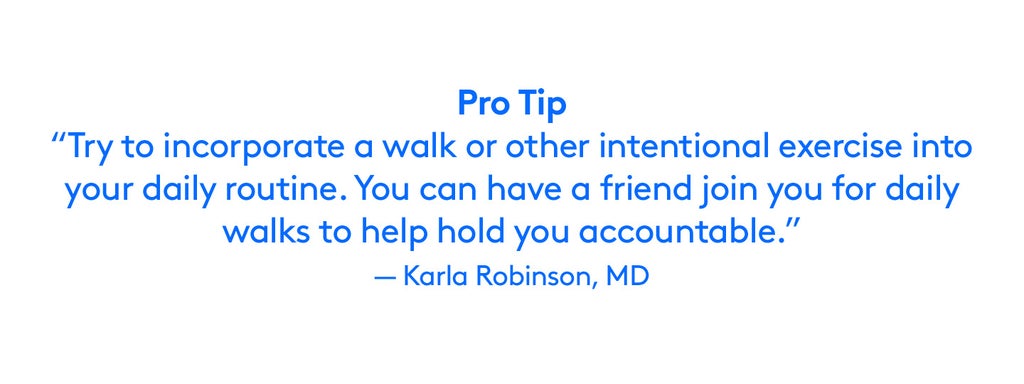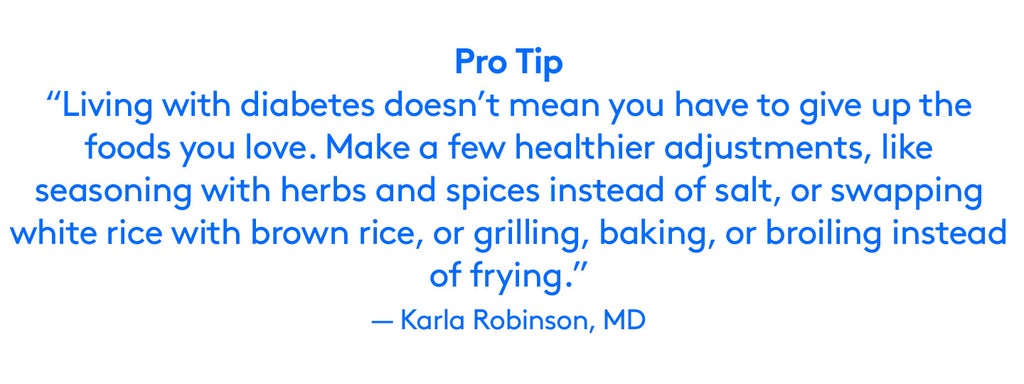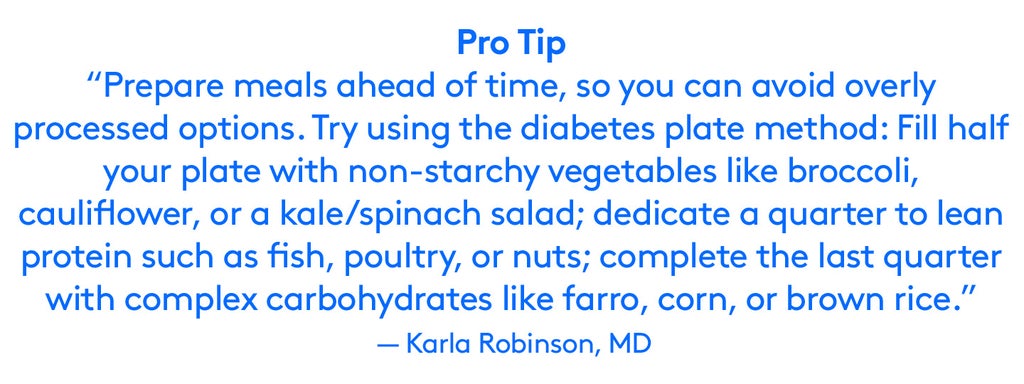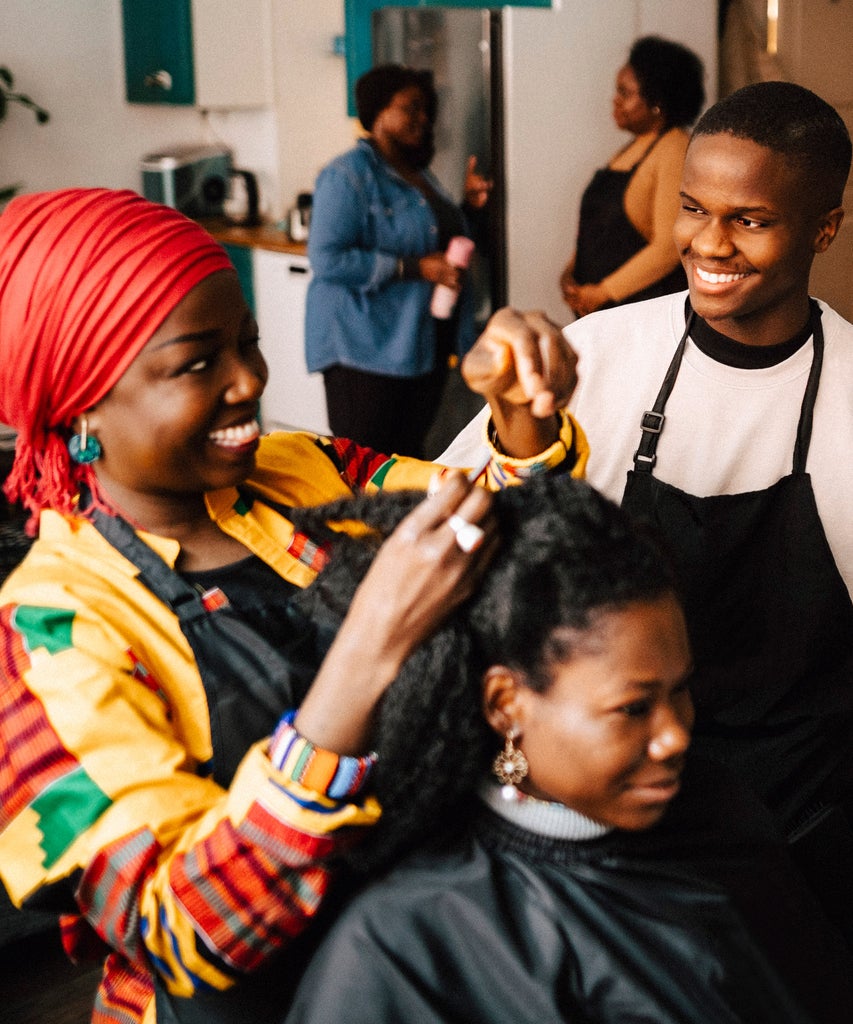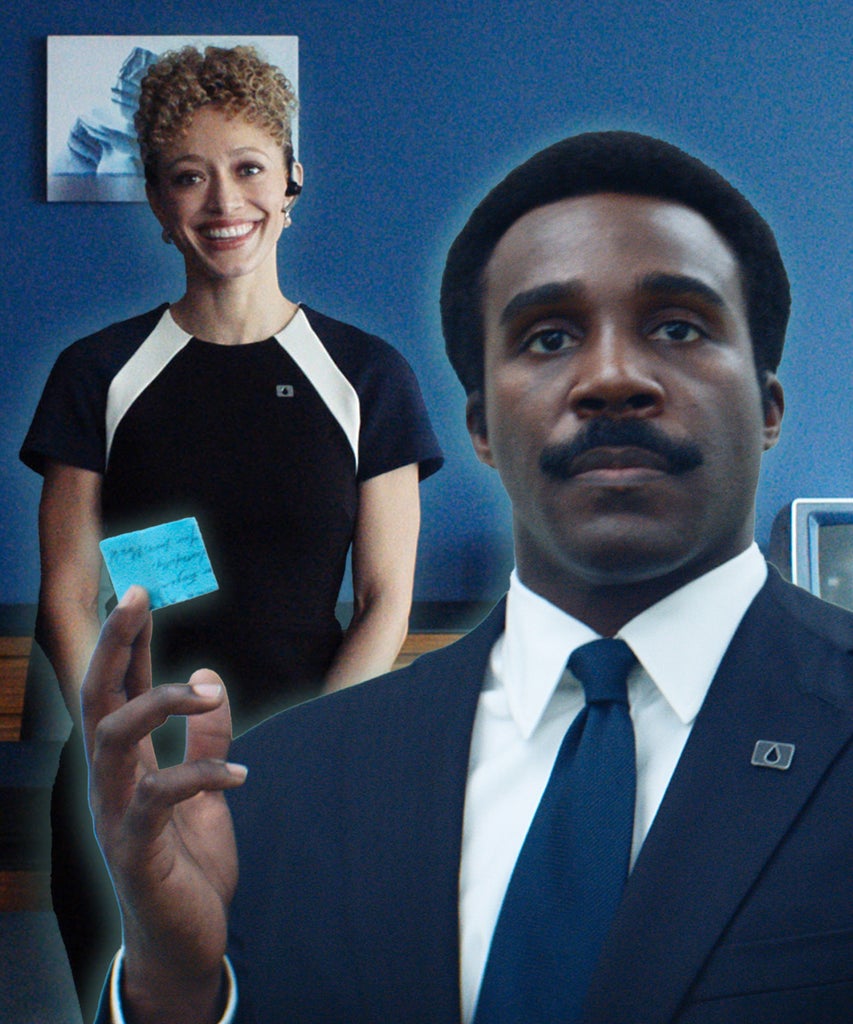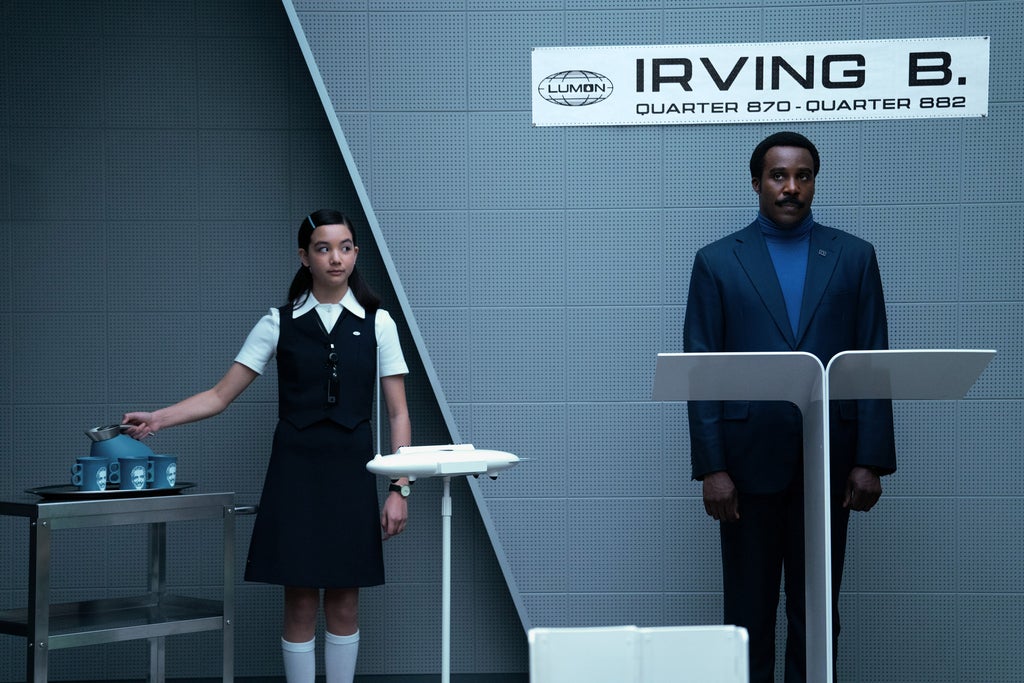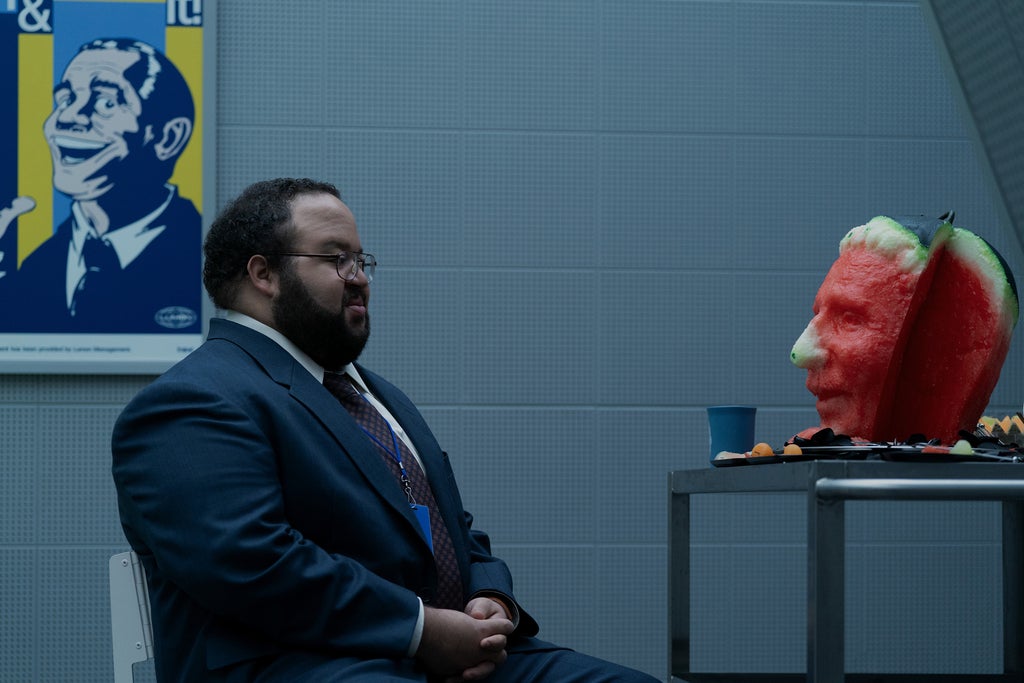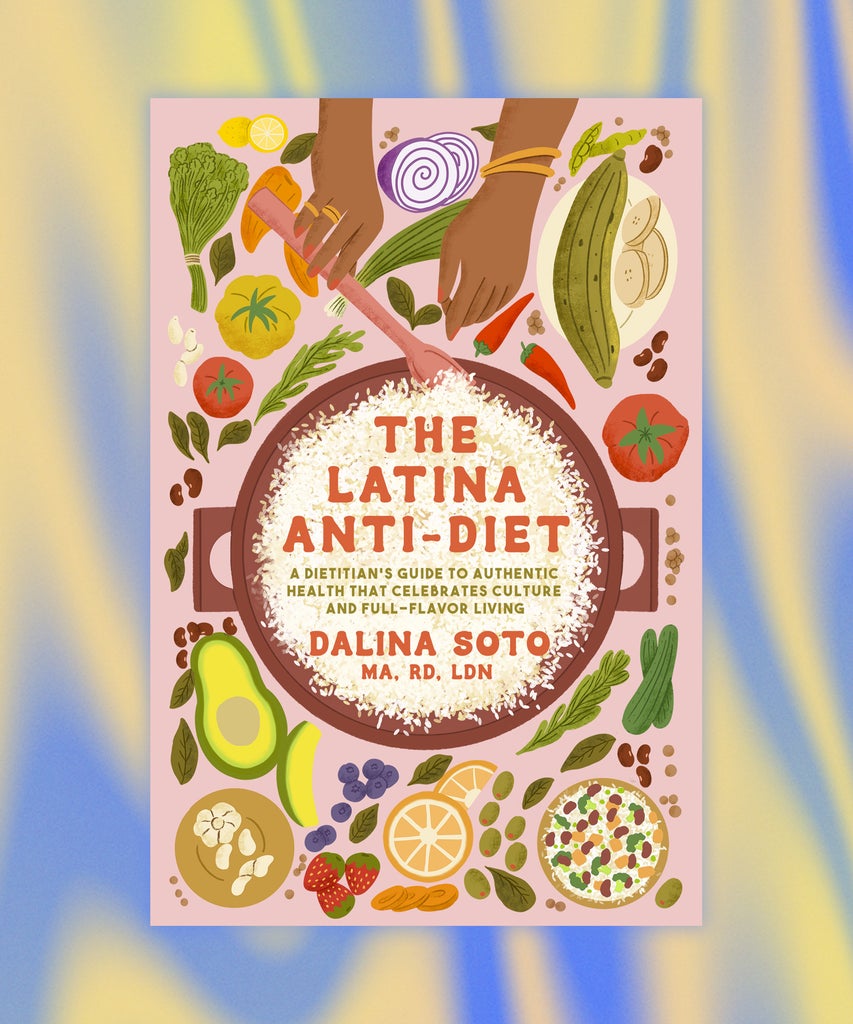

The following is an excerpt from author Dalina Soto‘s new book, The Latina Anti-Diet, out March 18.
The CHULA Method is my way of adding sazón to the nutrition movement, and also helping you heal your relationship with food and your body. One day, I was on a one-on-one call with a chula (who happened to be a marketer and freaking Super Bowl producer!), and she said to me, “Why don’t you create a method? I mean, what you are teaching me is so valuable and you need to put a name to it.” I truly had never thought of it, but after our call, it all just fell into place for me—CHULA:
Challenge the negative thoughts
Honor your body and health
Understand your needs and body cues
Listen to your hunger and fullness
Acknowledge your emotions
Let’s begin with challenging those negative thoughts. As a woman, you no doubt contend with them everywhere! We have negative thoughts about our bodies, what we eat, how productive we are, even how good we are at parenting. Just about everything seems to be negative. But functioning in the negative is not for me, and it shouldn’t be for you either. However, I’d like to clarify that I am not talking about toxic positivity, because I do not believe we can just positively think our way into happiness. But when it comes to food and our bodies, when we add in food and exercise from a positive place, it helps us feel better.
When I was going to Penn State for my bachelor’s in nutritional sciences, I was the only Latina. I remember there being one Black girl and a few Asians. We were the outliers. My senior year was 2009–2010, peak Michelle Obama’s Let’s Move! campaign time. The fight against “obesity” was going strong, and as future dietitians, my classmates and I were in it. We were going to save everyone—at least that’s what I believed. Now, there is nothing wrong with the ideas in the campaign: healthier school meals, more physical activity, healthier families, better access to affordable and healthy food, public–private partnerships promoting healthful behaviors, and childcare improvements—those are all great things to strive for. The issue with this and many similar campaigns is that the people on the ground, the ones who really need it, don’t get the benefits. These ideas are too broad to actually fix the systemic issues, and unfortunately, diet culture ends up taking those healthy behaviors to the extreme.
“In my classes, all we learned was how to ‘fix’ my community, how to ‘fix’ the food, how to ‘fix’ the people’s health, and how to make them better, basically by erasing any inch of culture they had left.”
dalina soto
In my classes, all we learned was how to “fix” my community, how to “fix” the food, how to “fix” the people’s health, and how to make them better, basically by erasing any inch of culture they had left. I was inundated with negative thoughts about my community based on what everyone was saying. In every course, I was taught to tell people who looked like me to switch from white rice to brown because it was “better.” I was taught that Latine foods are higher in fat and mostly fried and therefore should be avoided. I wrestled with what I was learning because my lessons were telling me my mami’s food was bad. They were telling me that the community I grew up with was bad, that processed and fried foods were the issue. But not once did they mention how redlining prevented BIPOC communities from building generational wealth and how the Federal-Aid Highway Act of 1956 disproportionately tore down BIPOC communities by routing new highways through their neighborhoods, often leaving them in food swamps, areas where fast-food restaurants and corner stores are more prevalent than places to buy fresh fruits and vegetables. While growing up in Philadelphia, I walked those streets. I knew that those people did not have access to healthy food. And I knew something had to change; I just did not have the words for it.
I couldn’t grasp at the time that just because my foods weren’t being studied or showcased in my curriculum, it didn’t mean they were bad. Somewhere in the back of my mind, I could hear my abuela’s voice and feel her love for our traditional dishes. But in that moment, back in 2010, I genuinely believed that it was our food making my community sick—and I was going to be the one to “save” them.
Whenever I’ve been asked about nutrition by the media, or even when I was trying to land a book deal, the question has always been: Why do Latinas need this information? What makes your approach different from what’s already out there? My response has always been the same: because, to my knowledge, no one has talked about our comida and our comunidad in a positive light.
“When we aren’t focused on fitting into a mold that was never meant for us, we can focus on real nutrition.”
dalina soto
Every single article, research paper, media clip, Instagram post, etc., that I see speaks down on our foods. You can see it regularly on TikTok. One of my most viral videos is me speaking up against a Mexican cardiologist who told her followers that eating refried beans and tortillas (along with other food staples in the Mexican diet) was the reason that Latines have higher rates of heart disease. The media is always telling us that somehow, we are going to die because of the way we eat. We will dig into all of the stats and chronic diseases in Chapter 6, but in this chapter, as we begin our journey to authentic health, you need to learn to feel compassion for yourself and to challenge the negative thoughts around your body. Then, when we aren’t focused on fitting into a mold that was never meant for us, we can focus on real nutrition.
CHALLENGING BODY IMAGE IN OURLATINE COMMUNITIES
We live in a world that values thinness, that values a certain look. It values more highly a certain hair type, a certain color of eyes, and certain features. We know that if we are “beautiful” by the standards of society, for the most part, there is safety in that. Of course, misogyny is still there—no one can outrun it—but there is safety and comfort in knowing that looking a certain way brings us benefits. Being pretty and thin allows you to glide through without comments. I know this: I was the thin one, and often the pretty one. I never got comments about my body or weight. (Now, my hair, that was a different story.) But the truth is, challenging negative thoughts about your body is hard. And I will never, ever minimize that. I will never tell you that wanting to lose weight, change your body, or be accepted is wrong. Because it’s just a fact that it is easier to live in society when you fit a certain “type.”
However, what I hope to do is to point out some of the main issues that I see in our communities that drive this ideal, and then you, and only you, can decide what to do with this information. You can decide to embrace the body you have now and focus on health behaviors, or you can come back to it later when you feel like you are in a better place. Whatever you decide is fine.
I am a millennial, and I would like to set a scene showing how the teenage years of people in my generation might have gone and why we feel the way we do about our bodies.
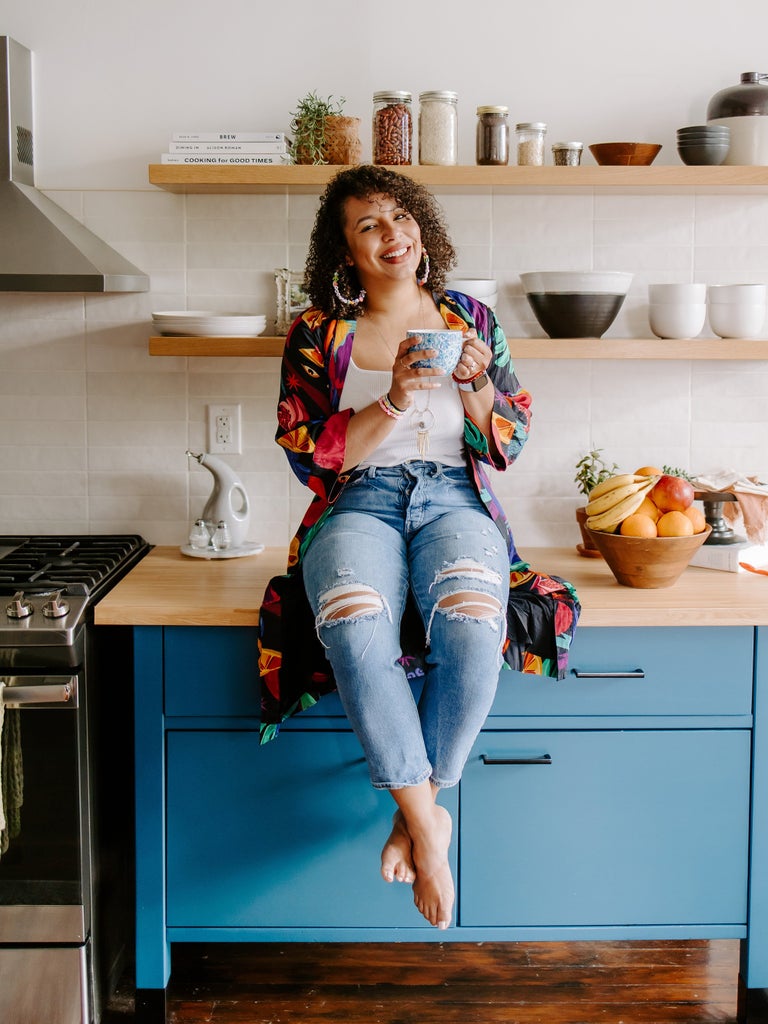
The year is 2004, you are in high school, and RBD is playing at home every day after school. Let me tell you about Anahí, the star of Rebelde, aka Mia Colucci, telenovela character, who impacted us viewers and how we saw ourselves in our communities. Recently, with the RBD reunion, Anahí has been vocal about the pressure she faced during that time to look a certain way and how it led to her developing an eating disorder. She’s done a few candid interviews about how she was bullied on live TV by super-famous hosts and how it affected her. It affected her, and it also affected us.
They pushed her to be thin, to have blond hair, to speak English to seem cool, to talk like a stereotypical valley girl. We all wanted to be her, to not be the girls with the brown hair. This can plant the seeds of negative thoughts about our bodies. We were conditioned to want the flat stomach for wearing low-rise jeans, the “not too big, not too small” butt to fit the clothing, the “not too big, not too small” boobs for wearing a button-down shirt—basically an impossible standard that no one can achieve. Or if they can, they have to struggle to stay there and maintain it.
But before we discuss challenging thoughts around body image, we need to set some facts straight about the Latino community and its anti-Black beliefs. If me saying these words upsets you, makes you angry, makes you want to email me or DM me to tell me how wrong I am and ask how the heck I can sit here and say that our community is racist, then I need you to take a deep breath, journal those feelings, and do a simple Google search. The internet is free and you can get the history lessons there, or better yet, invest in Black educators who are doing the work of trying to end our culture’s anti-Black bias.
“The idolization of European features encourages diet culture and the development of eating disorders in our community.”
dalina soto
If you have heard the term “mejorar la raza”—“better the race”—you cannot deny the anti-Blackness in our community that stems from colonization. That colonization led the populations of many of our Latin American countries to idolize the European ideal because there was a time when marrying someone with lighter skin to move up in the caste system was the main goal in communities in every damn country. The idolization of European features encourages diet culture and the development of eating disorders in our community.
Something else that has just as large an impact on our perception of ourselves and stems from within the Latine community is telenovelas. When I was growing up, after school you could always find me watching the novelas in the living room as my mom cooked dinner and I was supposed to be doing homework. I have vivid memories of watching Agujetas de color de rosa, partly because I couldn’t look away from the drama unfolding on the screen and partly because I was an ice-skater at that time (which didn’t last very long).
Novelas have a special place in my heart, but I also recognize that they have done a lot of damage to how we view ourselves and our bodies through underrepresentation and tokenism, colorism, self-perception, and stereotyping.
Indigenous and Black actresses are historically underrepresented in leading roles in novelas. I tried to think of one novela, just one, that I could remember from when I was growing up that had a Black or Indigenous protagonista. I googled, and you guessed it, zero. I did, however, come across an article in Hispanic Executive—“Hisplaining: Why Most Mexican Telenovela Stars Are Güeros,”1 in which author Laura Martinez explains:
Growing up in Mexico City, watching telenovelas, and being exposed to a constant bombardment of TV commercials, I was convinced that most Mexicans were blue-eyed blonds. . . . [The] overrepresentation of white people in my country was a consequence of a harsh reality . . . colorism exists and is not limited to my birth country.
“The underrepresentation plus the colorism made many of us feel like we were not enough.”
dalina soto
And I can 100 percent say this is also true in the Dominican Republic. There is more diversity on locally produced TV shows, but the commercials? I was always so confused. How could these blondes be selling us this stuff? Truly mind-boggling, but not surprising. The underrepresentation plus the colorism made many of us feel like we were not enough. I never saw anyone who looked like me. No one with curly hair, and honestly no one with my accent, unless I was in DR watching a local show. The mainstream media looked a lot like America, and I am not talking about Ferrera.
The cultural obsession with the Miss Universe contest further promotes colorism. Many of the contestants are very fair-skinned even when their country of origin is comprised of mostly dark people, reinforcing the idea that lighter skin is more beautiful.
By watching these shows and commercials all the time, we were told who we should want to be. We wanted to be blond, tall, and skinny because let’s be honest, body diversity was not a thing then, and still is not now. Those of us who did not fit the mold had to try to achieve whiteness in other ways, and that often meant straightening our hair daily and dyeing it a lighter color.
On the rare occasions when we are represented in the media, the characters are stereotypes such as poor, uneducated maids. Never are we in the main storyline unless we are getting smacked around by the patrón.
Take one of the most popular novelas of all times as a case study: Yo soy Betty, la fea, or as many Americans know it, Ugly Betty.
“It’s just really sad that our cultural obsession with whiteness and thinness is embedded into our everyday lives by the media and our families.”
dalina soto
Betty, la fea was a novela I am pretty sure we all saw even if it was the Colombian version or the American version: the tale of an ugly duckling who turns beautiful and gets her Prince Charming, such a happy ending. But the issue with this trope and eternal storyline is that it says that women, trans people, nonbinary folks, and others are not worthy until they fit society’s idea of beauty. It’s always “Oh, she is so smart, so competent, but if she was pretty, she could really succeed.” And inevitably, Betty does. She goes full supermodel and gets the man and the company.
And we think it’s such a beautiful story. But why? We are literally teaching girls that they are worthy only if they fit conventional European beauty standards. Betty had to become skinnier before she could be worthy. She straightened her hair, got rid of her glasses, and changed the way she spoke, all to be more “professional.”
It’s just really sad that our cultural obsession with whiteness and thinness is embedded into our everyday lives by the media and our families.
I remember spending late nights as a kid when I used to sleep over at my tía’s house watching my prima order all the stuff from the infomercials. Classic 1990s stuff. One weekend, she bought a cast faja (girdle) that was meant to give you a Thalia waist, but we all knew that was probably not possible, since the rumor was that Thalia had had ribs taken out in order to get that slim figure (yes, I know, wild!). Nonetheless, that didn’t stop this prima from ordering it, and I am pretty sure she had to return it when it came in because my tía was not having it. To this day, we still crack up at all the infomercial crap she bought.
And although I think of these memories generally fondly because I was always having a good time with my prima, years later, I see more clearly how all these moments of desiring to be skinnier or to look like a certain novela star impacted our perceptions of ourselves.
“Now, we all know that nicknames like these are the norm. Whether its gorda, flaca, fea, linda, prieta, rubia, guera— they all have a physical connotation to them. And usually not a good one. We belittle our children with these nicknames, which then become their identities, often harmful ones. Ones that lead them to wanting to fit in, to no longer being gorda, to no longer being fea.”
dalina soto
The fat-shaming and discrimination doesn’t just come from TV and other media, it also comes from families. I had a video go viral in which I stitched Eva Longoria saying in a podcast interview that her nickname growing up was the prieta fea, the ugly black one. Now, we all know that nicknames like these are the norm. Whether its gorda, flaca, fea, linda, prieta, rubia, guera— they all have a physical connotation to them. And usually not a good one. We belittle our children with these nicknames, which then become their identities, often harmful ones. Ones that lead them to wanting to fit in, to no longer being gorda, to no longer being fea. And this leads to mental health issues and disordered eating habits to try to fit in. Hence the name of the novela, Yo soy Betty, la fea. She was fea until she fit the conventional beauty standards. And although she did it while still being herself, we know that that is not what women and girls learned from this show.
We can often pinpoint the development of our eating disorder or disordered eating back to these moments when we were at impressionable ages. I often think about quinceañera parties, for coming of age, and how diet culture is steeped into these traditions. I can tell you that most of the chulas I work with started dieting for their quinces because they needed to fit into the dress. So many went on to use diet pills, extremely low-calorie diets, and even surgeries to meet the expectations, most with the approval of their mamis.
I once posted about quinces in my stories and so many of you messaged me. I vividly remember one message in which someone told me that her mom got prescription diet pills for her to make sure she did not gain weight after her dress was altered. I want you to let that sink in: A mother purchased diet pills for her daughter so that the fourteen-year-old would not gain weight before a party. And I know that you know that this is not an anomaly.
I thankfully did not want a quinceañera because I was in so many of them that by the time it was my turn, I was like, Hell to the no. But this is a rite of passage for our community, and for many, this is where disordered eating begins because this is the first time your body will be placed on display for everyone to see, and it has to be perfect. And not to sound like a broken cantaleta here, but what is perfect? Thinness. Now, the term “almond mom” doesn’t feel right here, but “ensalada mami” might.
What I have learned from chulas’ stories without a shadow of a doubt is that this generational trauma needs to end. Our kids and the generations behind them deserve to live in a world where they are not judged by their appearance.
Like what you see? How about some more R29 goodness, right here?
